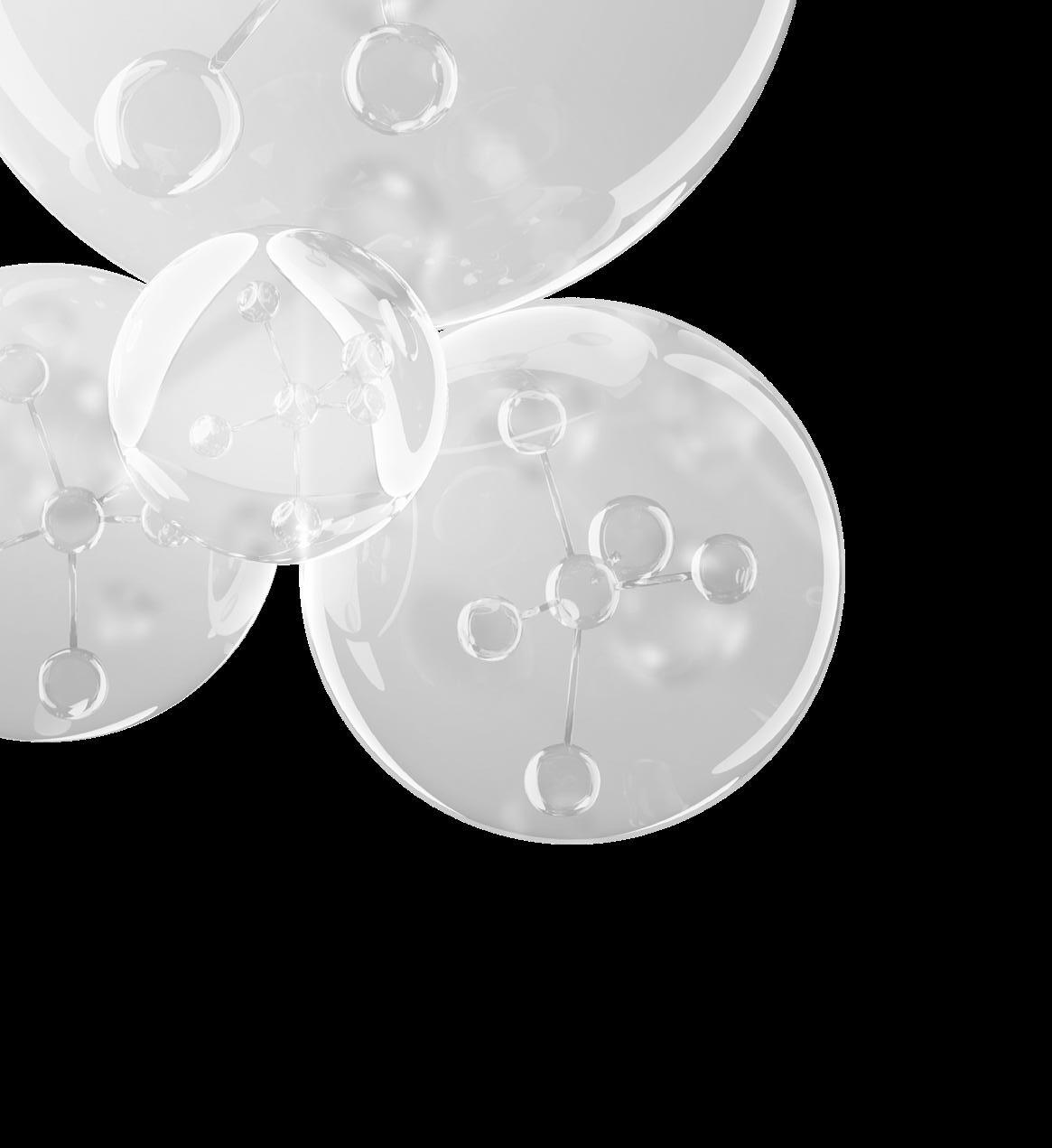






Clinically Proven Skincare that Supports Skin Confidence, Naturally.
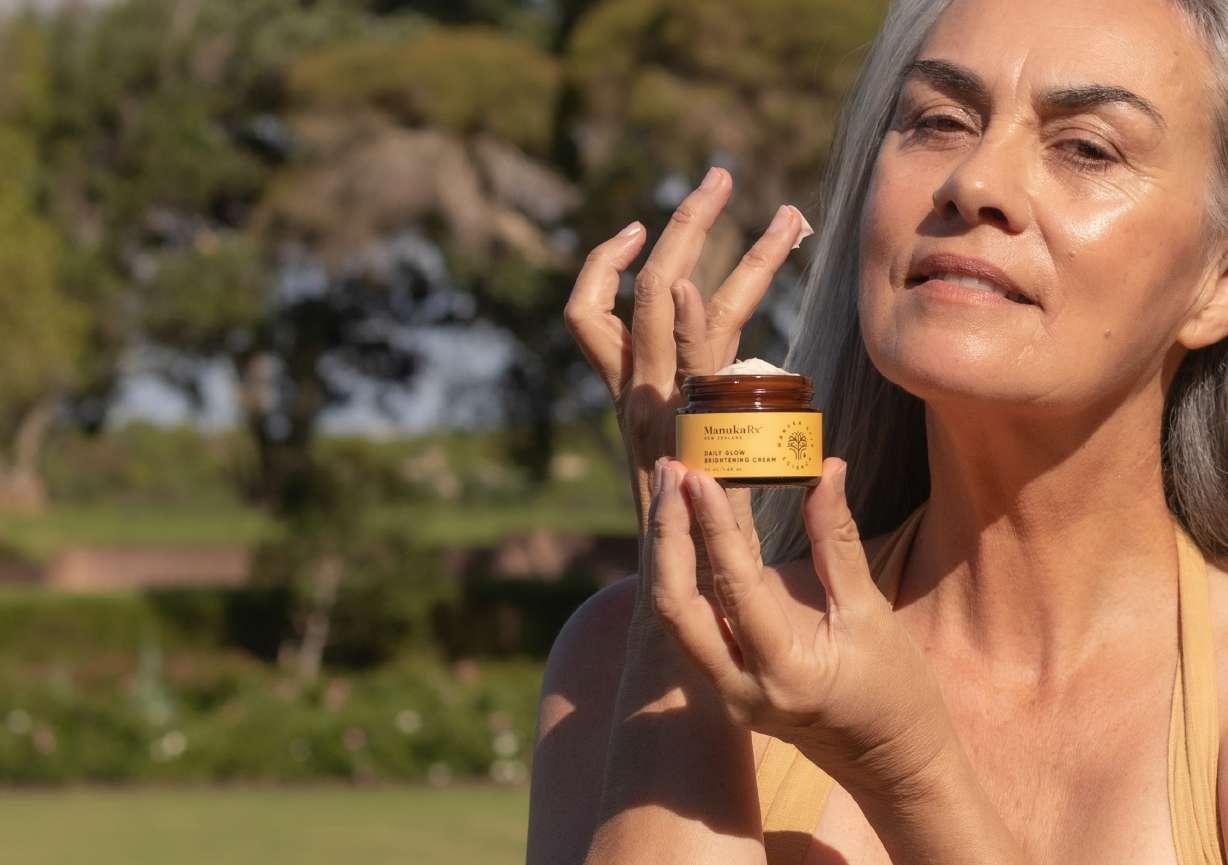
Our Commitment
Crafted from sustainably sourced, clinicallyproven Mānuka Oil, ManukaRx is the choice for professionals who demand efficacy and ethics in skincare. Our commitment to the environment and community is woven into every bottle we produce.
Corp Certified – aligning profit with purpose


“Absolutely love this face oil. I have seen great benefits to my skin after using it daily”
Key Benefits of Mānuka Oil Skincare
Anti-inflammatory Soothes and calms irritation
Antibacterial Helps purify and protect the skin
Regenerative Promotes healthy, rejuvenated skin
DISCOVER MANUKARX The Perfect Addition to Your Professional Skincare Range.
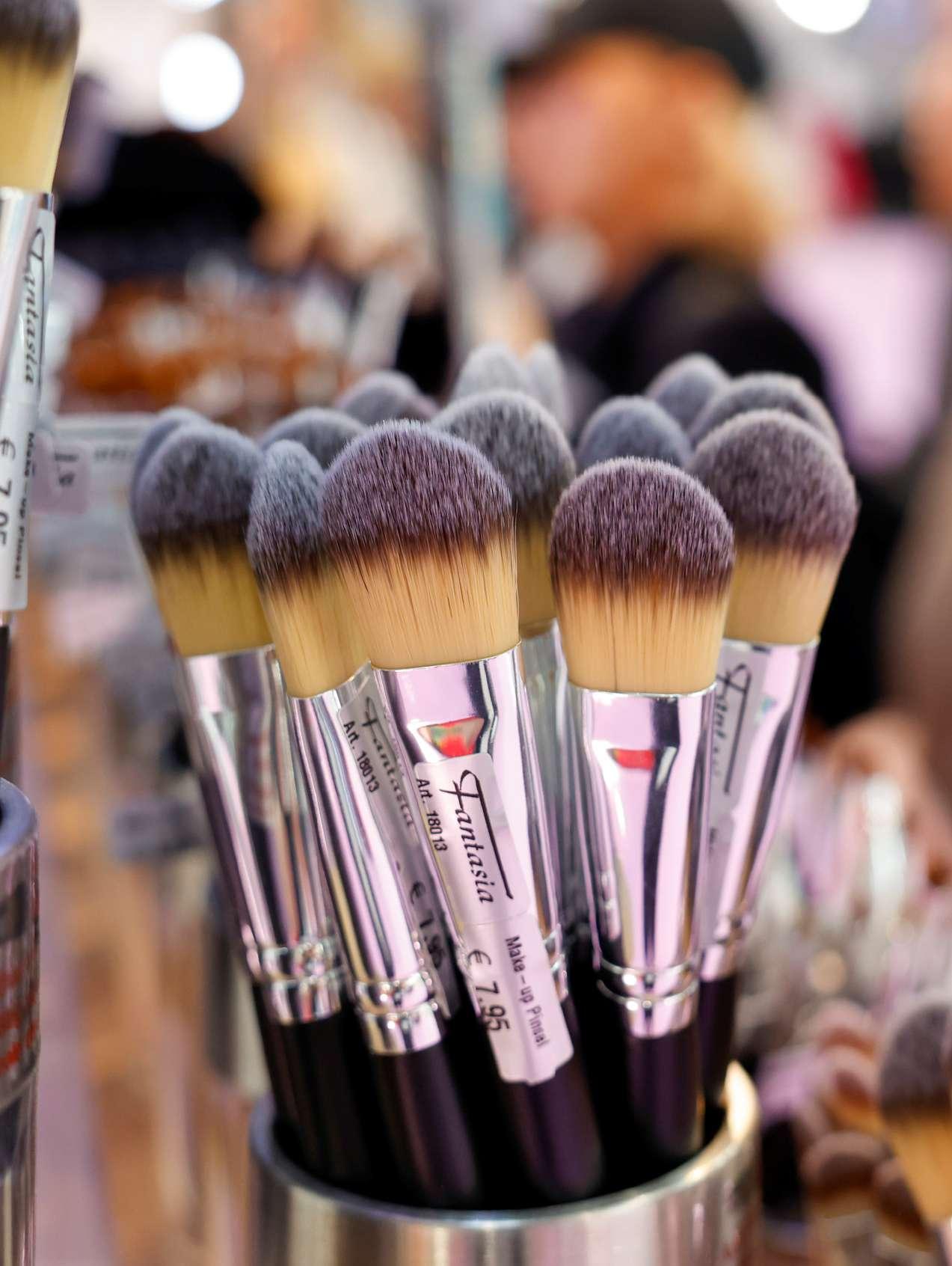
Founder Editor-in-Chief
Late Mr. Kanwar NS
Editors
Amrita Kanwar
Sarvjit Singh
China Correspondent & Reporters
Ying Wei-Beijing
Bao Tian Tian - Shanghai Xing Guang Li - Guangzhou
Assistant Editor/Correspondent Elena
Secretary & Legal Advisor
Aaron Kumar
Circulation
Surekha Gogna
Production, Design & Degital Media Rakesh Sharma
Marketing & Sales
Lina
Catherine Amy Lan
Anna Mi
Technical Advisors
Alex Van Bienen/Lily - Nederlands
Public Relations Director (UK)
Mike Steele
Marketing Director
Richmond Kanwar Brampton, ON, Canada
International Advisor (Australia)
Andrew S. McCourt
Germany Representatives
Julia Rittershofer
Steffen Schnaderbeck
India (Head Office)
C 2073A, Sushant Lok 1, Gurgaon 122 002 - India
info@beautyfashionworld.in www.beautyfashionworld.in
Color Cosmetics market Size is forecast to reach $ 1,23,162.29Million by 2030, at a CAGR of 5.80%during forecast period 2024-2030.Cosmetics are materials utilized to enhance the appearance or aroma of the human body. Cosmetics include a wide array of materials like skin-care creams, powders, lotions, perfumes, lipsticks, nail paints, eye and facial makeup, permanent waves, colored contact lenses, hair colors, hair sprays and gels, toiletries, deodorants, hand sanitizer, and many other types of products.
The color cosmetics are personal care products that enhance the physical appearance of a human body. They mainly refer to colorants and cosmetics ingredients that are used for skin care, make-up, hair care, personal hygiene, fragrance, and oral care. The color cosmetics include products such as foundations, nail paints, powders, lipsticks, bronzers, eyeliners, and others. The color cosmetics market is anticipated to show a high growth rate in the coming years.
Owing to benefits such as cleansing, beautifying or altering appearance and enhancing attractive features, the demand for color cosmetics is rapidly increasing. But however, lip products, facial make-up, nail products, and hair color products are predicted to show higher growth than other applications.
Color cosmetics can be divided on the basis of their target market prestige products and mass products. The demand for prestige products as well as mass products is witnessing a rapid increase. Moreover, the benefits associated with the prestige products are attracting more costumers to shell out extra and at the same time is garnering customer loyalty. The burgeoning e-commerce industry is poised to drive the expansion of the color cosmetics market in the foreseeable future. E-commerce, synonymous with electronic commerce, denotes the online exchange of goods and services, streamlining transactions via the Internet. Its growth is propelled by unparalleled convenience, allowing consumers to shop from the comfort of their homes or while on the go, leveraging devices like smartphones or tablets. Color cosmetics, prized for their visual allure, are prominently featured on ecommerce platforms due to the ease of online purchasing. Notably, in August 2023, the U.S. Census Bureau reported U.S. retail e-commerce sales for the second quarter of 2023 at $277.6 billion, reflecting a 2.1% (±0.9%) increase from the preceding quarter. Hence, the expansion of the e-commerce industry is fueling the growth of the color cosmetics market.
Leading players in the color cosmetics sector are strategically realigning their focus towards introducing innovative and pioneering products, such as adaptive skin technology, to cater to evolving consumer preferences. Adaptive skin technology, an advancement in skincare, endeavors to bolster the skin's innate resilience by aiding in its renewal, regeneration, and reinforcement processes. For instance, in August 2023, Prada, an esteemed Italian fashion brand, unveiled Prada Skin and Prada Color, encompassing skincare essentials and colorcorrecting cosmetics. Leveraging adaptive skin technology, these collections aim to enhance the skin's resilience. Prada Color offers a diverse array of hues and textures inspired by the brand's aesthetic vision, while the skincare line builds upon the success of the Prada Paradoxe fragrance.
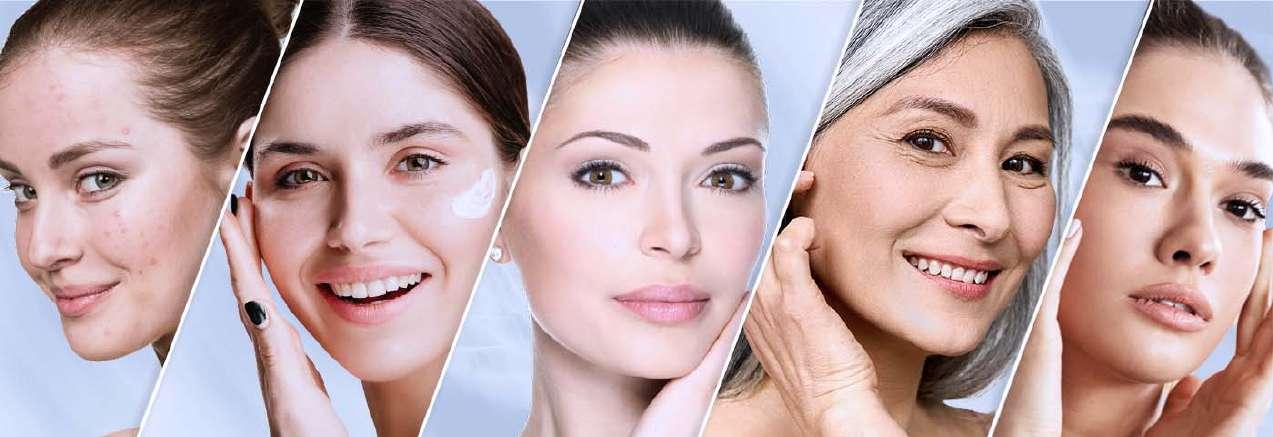
Research reveals consumers are opting for products that futureproof their skin
Prevention over cure’ is the buzz phrase currently doing the rounds in the beauty industry. According to a new report – published today by Euromonitor International and in-cosmetics Global – the use of ‘dermocosmetics’ skincare products, which go beyond protection and into the realms of prevention, is on the rise.
According to the report, entitled Skin Health: The Evolving Landscape of Dermocosmetics, 25% of consumers listed ‘sun protection functionality’ as a reason for purchasing their facial moisturiser in 2022, up from 23% in 2021, while almost 15% of millennials purchase skincare to prevent signs of ageing[1]. Other popular skincare benefits listed in the report include moisturising/hydrating properties, cited by almost 60% of consumers; suitable for sensitive skin; and contains added vitamins and improves texture/evens skin tone, to name a few.
Globally, according to Euromonitor International, the skincare market recorded a 7.44% growth from 2022-23, while haircare registered 4.61% in the same period. The fastest growing skincare subcategory was facial masks, with 14.36% growth from 2022-23, while conditioners and treatments led the haircare category with 5.64% growth
in the same period. The new report suggests that consumer focus has shifted from the basic concept of skin beauty towards a wider idea of skin health over external appearance. This is largely down to the growth in popularity of the healthy living trend, which consumers are increasingly seeking to replicate in their skincare routines.
Originally positioned as follow-up products for use after dermatological procedures, dermocosmetics have evolved as both a substitute and a complement to medical recommendation. As awareness of the long-term damage caused by external agents – such as the sun, pollution and antibacterial products for example – grows, consumer demand for products that can guard against this damage is growing rapidly. Not only must they be effective in living up to their claims, but they must also support the long-term health of the skin by addressing these external threats.
The report also highlighted an increased demand for skincare products suitable for sensitive skin. Awareness of – and a growing preoccupation with – skin sensitivity is a key growth opportunity for dermocosmetics, which tend to be segmented by skin type or condition. While skin sensitivity is not new per se, products that claim to alleviate certain conditions, such as rosacea, are becoming more specific.
Across all countries, instances of
other epidemiological skin conditions, such as psoriasis and dermatitis, are also on the increase. This means it is expected that successful dermocosmetics will address the rise of these disorders by adding preventative elements to their formulations as consumers will be looking for products to help prevent occurrences or reoccurrences.
As with skincare, the report reveals that haircare product selection is closely tied to health-related issues. Over 20% of consumers purchase haircare products to address their concerns, indicating the key benefits they seek to improve their hair health, while 35% of consumers are primarily motivated to buy haircare products to improve the look or feel of their hair. Other top sought-after benefits include damage repair, hydrating / moisturising, scalp health, anti-dandruff and hair loss prevention.
According to the report, there is huge potential for the dermocosmetics category to both grow and spread into new markets, driven by consumer demand and external factors, as Keena Roberts, Senior Consumer Health Analyst from Euromonitor International explains: “External agents that cause skin damage like pollution are likely to increase in prevalence and intensity over the coming years. Correspondingly, dermocosmetic products that purport to prevent this damage will likewise continue to grow in popularity as consumer
preferences continue to shift towards healthy living and long-term skincare.”
There are also a number of other key factors set to boost demand for dermocosmetics; increasing consumer awareness of ingredients, thanks to a heightened focus on innovation surrounding the skin microbiome; the recognition that these brands seek to give consumers access to expertise at more affordable prices than the doctor; better education around the importance of more sophisticated daily skincare routines to prevent skin damage; and improved awareness around the belief that beauty starts with good healthy skin, rather than colour cosmetics to hide bad skin.
Roziani Zulkifli, exhibition manager for in-cosmetics Global, concluded: “Today’s consumers are particularly well informed when it comes to health and wellbeing.
They know that living a balanced lifestyle is not just about adhering to a set of behaviours, and are demanding products that fit into their view of what healthy really means.”
“At in-cosmetics Global, we are seeing a clear response to this trend from the skincare industry, with companies creating products focused on specific – rather than vague – skin health concerns and expect that this will continue at this year’s exhibition and beyond.”
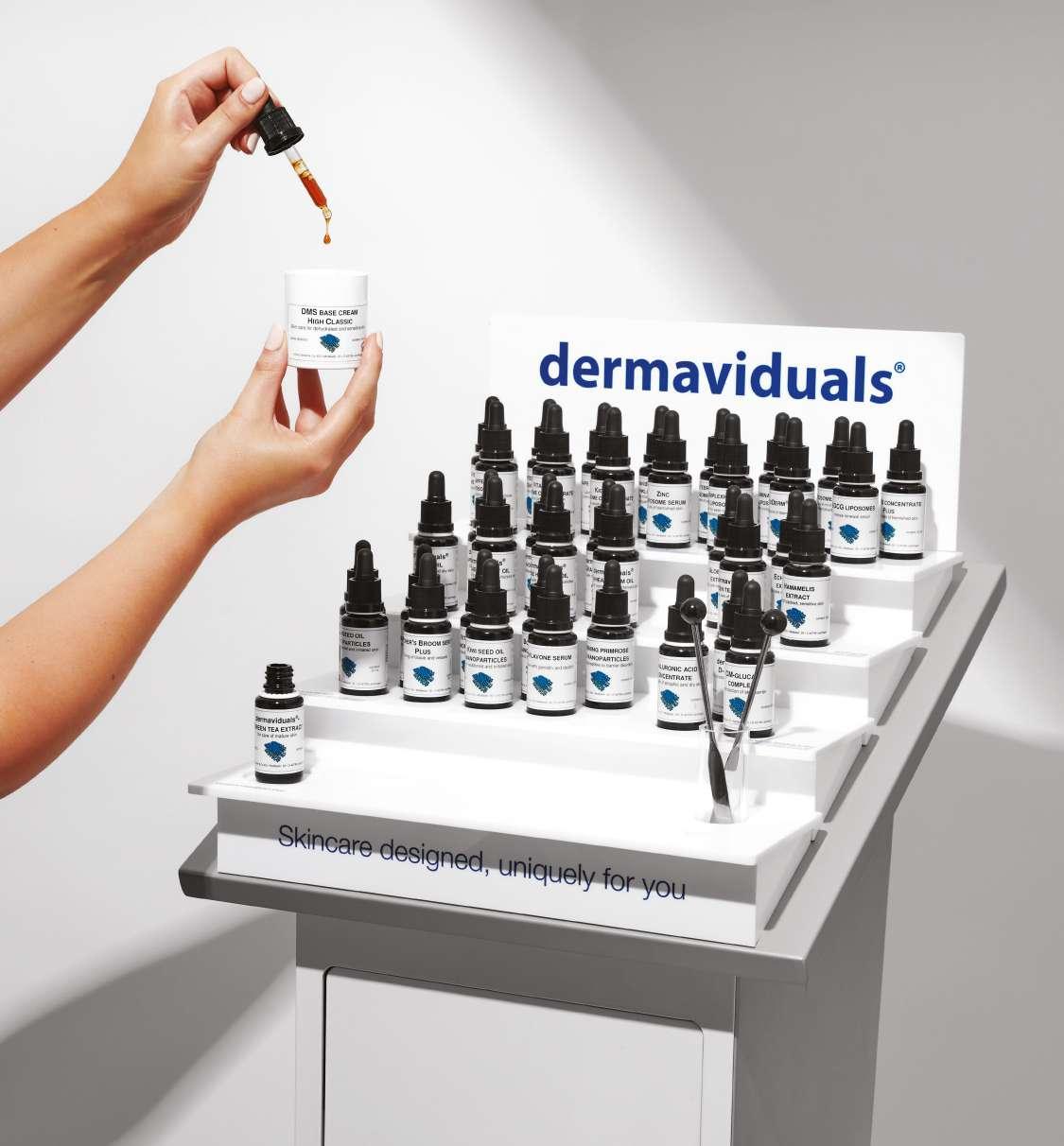

The beauty industry is undergo ing a transformative shift, driven by growing consumer demand for transparency and sustainability. As regulatory frameworks tighten, particularly in the European Union with the introduction of the Digital Product Passport (DPP) under the EU Ecodesign for Sustainable Products Regulation (ESPR) Directive, the integration of advanced technologies such as Near Field Communication (NFC) is becoming crucial. NFC technology can enhance the beauty industry through digital passports, highlighting the purpose, benefits, and potential applications for beauty products, including skincare, haircare, personal care.
A Digital Product Passport is a comprehensive electronic document embedded with essential information about a product, which includes:
Origin – where the product is manufactured
Composition – ingredients used in the product, as well as materials used for packaging Environmental Impact – the ecological footprint throughout the product lifecycle
Recyclability and reusability –information on maintenance, reuse, and recycling potential
The DPP aims to ensure transparency and accountability in supply chains, aligning with consumer expectations and regulatory requirements.
NFC technology enables seamless communication between devices
over short distances. By integrating NFC tags with beauty products, companies can offer consumers instant access to product information simply by tapping their smartphones against the product packaging or scanning a QR code. This integration not only simplifies the consumer experience but also enhances transparency regarding product origin, ingredients, and sustainability claims.
Enhanced transparency With NFC-enabled DPP’s, consumers can easily verify product information, fostering trust and loyalty. In an industry where ingredient sourcing and environmental impact are under scrutiny, this transparency is vital for informed purchasing decisions.
By offering detailed information about a product’s lifecycle, companies can educate consumers on sustainable practices, such as recycling and responsible disposal. This aligns with the industry’s shift towards circular economy principles, encouraging consumers to make more eco-friendly choices.
NFC technology can facilitate better tracking of raw materials and components, ensuring compliance with sustainability standards. Companies can manage data effectively and demonstrate their commitment to ethical sourcing, leading to stronger supplier relationships and reduced risks in the supply chain.
NFC tags can be used for interactive marketing campaigns, allowing consumers to access tutorials, testimonials, and additional product information. This engagement can enhance brand loyalty and drive sales, as customers feel more connected to the brands they support.
Some brands have already begun implementing NFC technology in their beauty products, transforming the way consumers interact with their purchases. For example, luxury skincare lines are using NFC tags to provide detailed ingredient lists, sourcing information, and even application guidelines. This approach not only empowers consumers with knowledge but also highlights the brand’s commitment to quality and sustainability.
One notable example is Clochee, a Polish skincare company recognized for its natural, organic, and ecofriendly cosmetics. Last year, Clochee embraced NFC technology by launching a limited collection of certified products that incorporate this feature, reflecting the growing trend of integrating digital elements into beauty and personal care.
Haircare brands are following suit, utilizing NFC technology to create a direct connection with their customers. By scanning a product, users can access personalized hair care routines tailored to their specific needs, delivering a bespoke experience that enhances customer satisfaction. This level of personalization fosters deeper
brand loyalty and encourages repeat purchases, making it a win-win for both consumers and brands. In August 2024, Dyson launched its first products that combine hair care and styling, named Dyson Chitosan™. This marks a significant shift for the brand, traditionally known for its high-quality vacuum

cleaners. With this new line, Dyson is entering the beauty industry, offering innovative wet styling products that reflect its commitment to technological advancement in personal care. These high-performance products promise an unparalleled user experience, enhanced by the introduction of a new NFC technology. This allows users to access tutorials, dosage tips, ingredient information, and reordering options effortlessly.
As regulations like the EU ESPR Directive come into effect, the beauty industry will need to adapt rapidly. The combination of NFC technology and DPP’s holds immense potential for transforming how consumers interact with beauty products.Companies will be better equipped to meet:
New regulatory compliance – ensuring their products are regulatory compliance – ensuring their products are regulatory sustainable and transparent and transparent sustainable and transparent and transparent sustainable and transparent
Market differentiation – brands that adopt these technologies early can differentiate themselves in a crowded marketplace, appealing to ecoconscious consumers
Data-driven insights – by collecting data through NFC interactions, companies can gain valuable insights into consumer behavior and preferences, enabling more effective marketing strategies. This data can also guide product development, ensuring that brands meet the evolving demands of their customer base
The integration of NFC technology with DPP’s represents a significant advancement for the beauty industry. As sustainability and transparency become increasingly important, brands that leverage these technologies will not only comply with emerging regulations but also build stronger relationships with consumers. By providing clear, accessible information about product origins and environmental impacts, the beauty industry can embrace a more responsible and innovative future.
As this transformation unfolds, the potential for enhanced consumer engagement, streamlined supply chains, and improved sustainability practices will drive the industry toward a more transparent and accountable future. By committing to these advancements, the beauty industry can lead the way in setting new standards for ethical and sustainable practices, benefiting consumers and ultimately the planet.
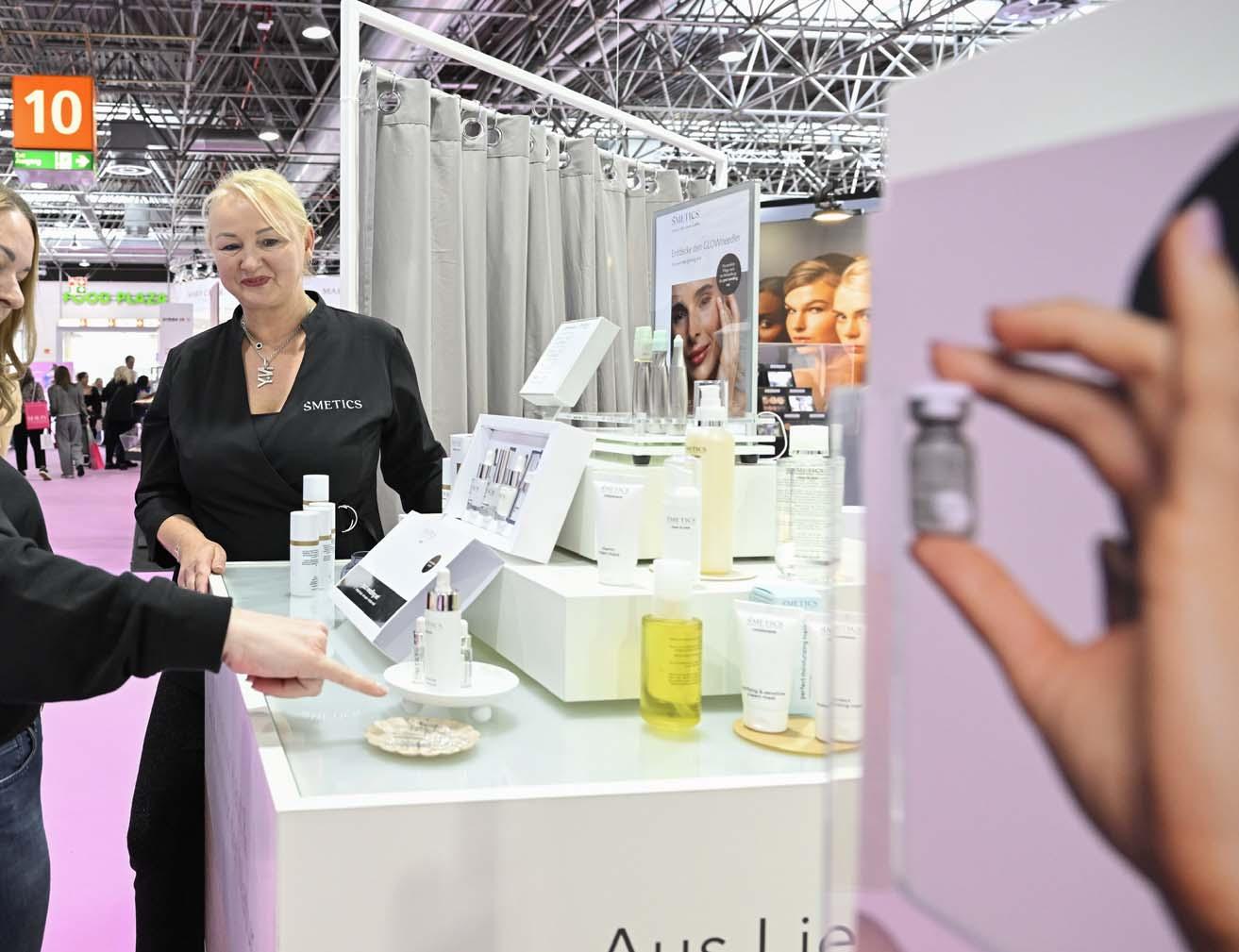
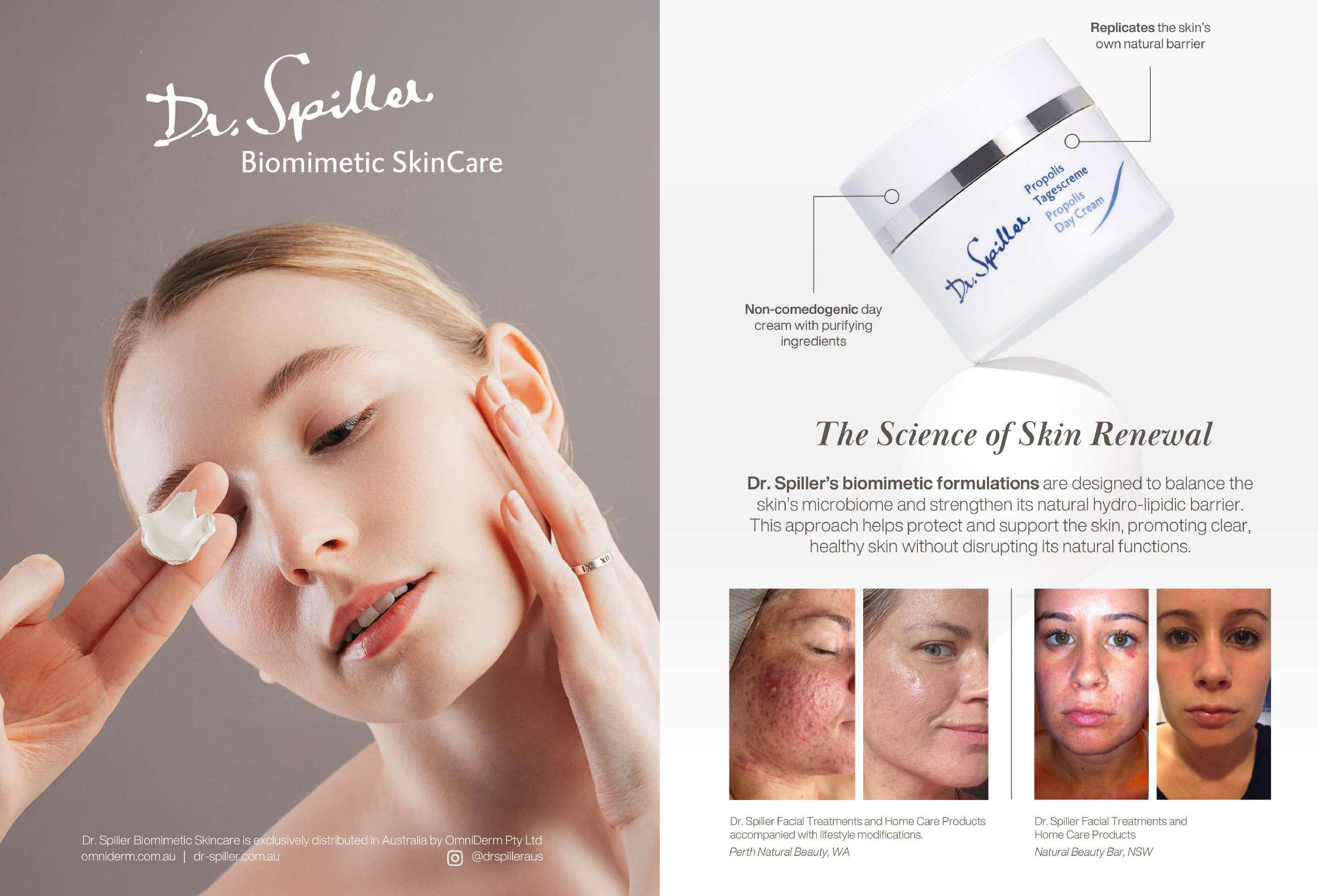























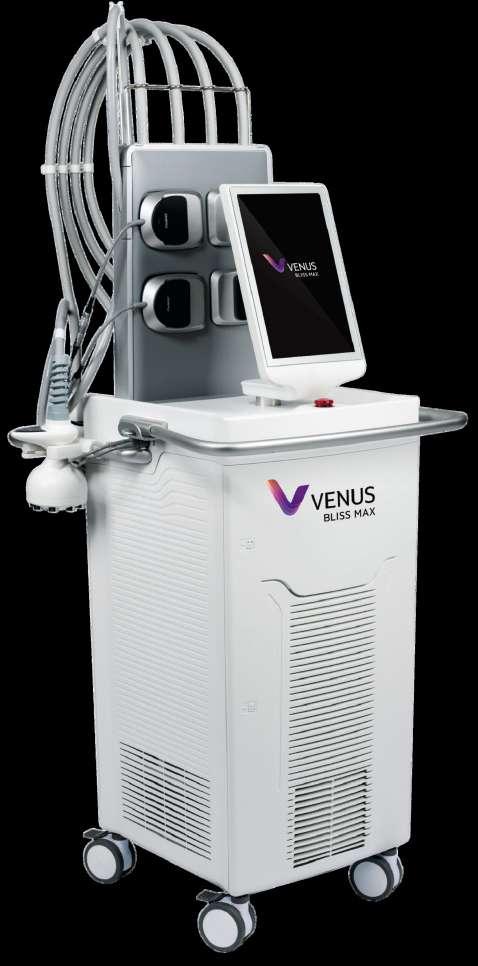







THREE TECHNOLOGIES IN ONE DEVICE FAT l MUSCLE l SKIN & CELLULITE

REACH UP TO 100,000 CONTRACTIONS PER SESSION



Be a part of

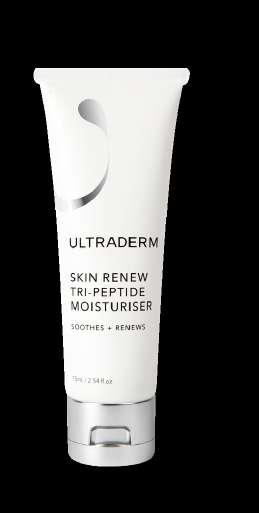
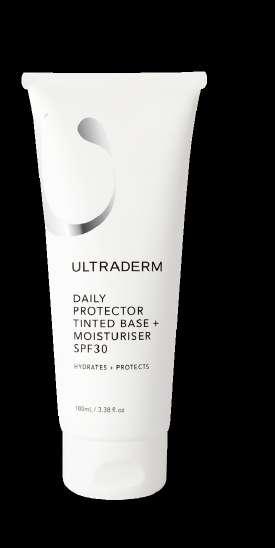
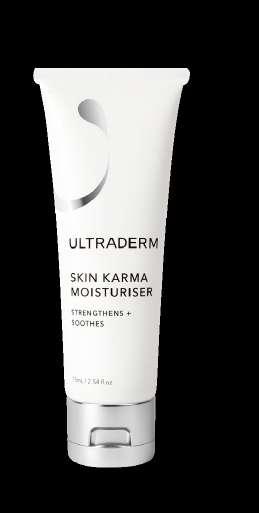


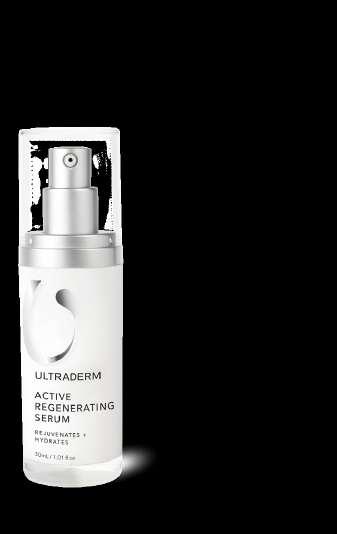
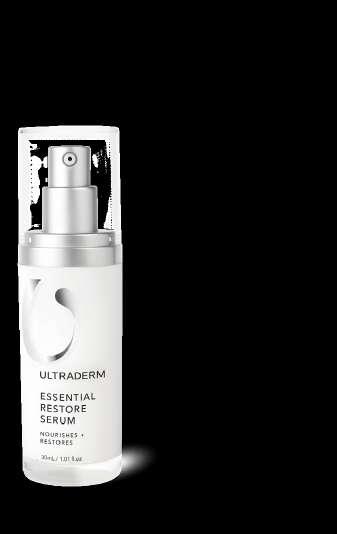
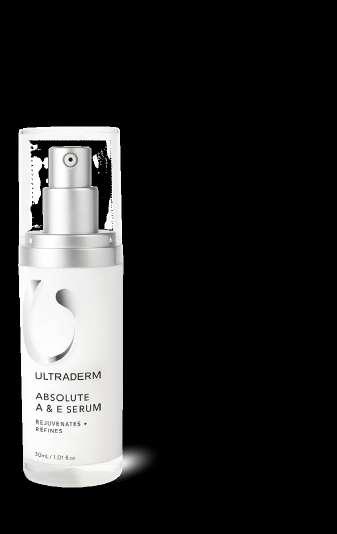
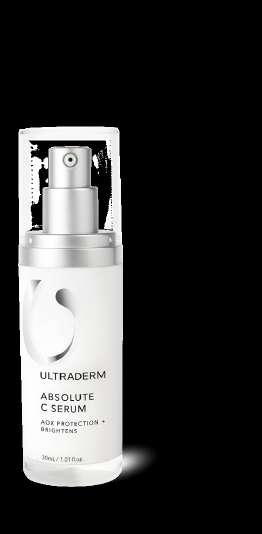
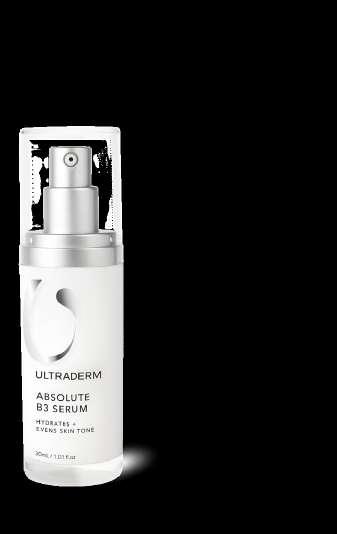
✓ Australian cosmeceutical range
✓ Results driven skincare
✓ Select 7 Skin Peel System
✓ Great price point and markup
✓ Annual marketing planner in place with regular promotional activity
✓ UltraRewards - Client Loyalty Program
✓ Staff skincare rewards
✓ Flexible opening orders
✓ Regular salon training
✓ Easy to use and recommend for retail

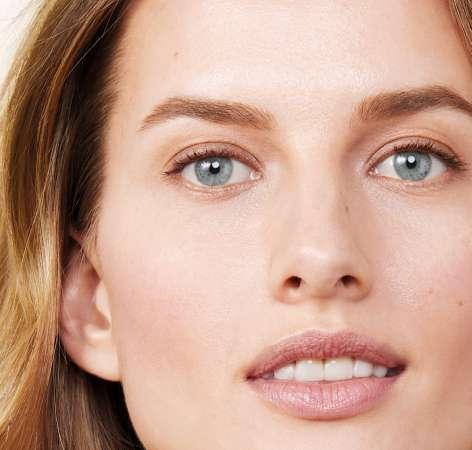



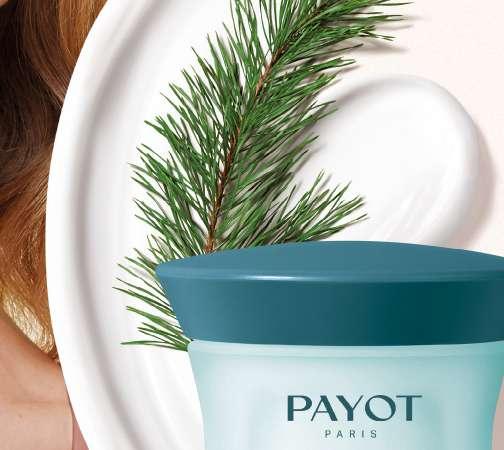




Throughout 2024 we have seen an increased interest from consumers in luxury body care – formulas that go beyond just standard moisturising and feel amazing during and after application. As this trend will continue into 2025, lets look at what it takes to create luxe body care formulas…
Luxe body care starts with a gentler, more hydrating clean
Many luxe body care ranges start with a cleansing product with mildness claims beyond just the foaming agents. Gentle body wash products can include:
micellar body wash formulas: use low inputs of non-ionic surfactants to provide just enough foam to give a luxe-feeling clean, without leaving the skin feeling stripped of its natural oil balance. Non-ionic surfactant inputs can be as low as 3%w/w active content and work particularly well in self-foaming dispensers. oil-to-milk and oil-to-foam formulas: oil-to-milk and oil-to-foam formulas both need special materials, such as Sucragel and Micromulse foam (both from Alchemy ingredients) used at 25-30%w/w to come together. These innovative functional ingredients enable the rest of the formula to use oil-based ingredients and yet still wash from the skin without an oily residue.
foaming shower oil formulas: these cleansing formulas use a super fatting agent at a much higher input than normal (around 12-15%w/w) to provide a very mild, moisturising clean and creamy foam, along with a primary surfactant and matching input of lipids. With these types of cleansing formulas, the skin already feels more hydrated and smoother than using traditionally built high-foaming body
wash, for a more sensorially pleasing feel.
Standard body lotion formulas use between 7-9%w/w lipid input, but that is not enough to meet the desired results of luxury lotion formulas. Not only is a higher lipid input needed – usually around 912%w/w – but the choice of lipids is incredibly important. They should be sustainable, ethically sourced plant oils, usually of an exotic or at least widely popular variety, with nutrient benefits to support skin hydration and repair. The combination of oils used must also provide a sensorial delight and leave the skin feeling soft and silky but never greasy.
In addition, the choice of emulsifiers used is incredibly important. Emulsifiers used in luxury body care should not only boost the stability of the formula, but its sensory aspects as well. It is an added boost if they can support the product story with clinically proven hydration.
Emulsifiers that can provide a boost to the product story or lasting hydration are many and varied; speak with your suppliers to find out about their product offerings. Some of the more interesting inclusions are the EmulsiPure range by AE Chemie, where plant derived emulsifiers are paired with various types of plant derivatives (for example, hemp oil, marula oil and green coffee extract, to name a few), for additional plantbased benefits. The Emulium range by Gattefosse contains a variety of choices all with the focus being on the sensory profile of the finished emulsion. Lucas Meyer also has a
range of lecithin-based emulsifiers with varying sensory profiles, such as their Heliosoft, Heliofeel and Biophilic ranges. See how lecithin can improve the skin feel of your emulsions in this video.
There is an ever-growing trend towards wanting ‘more’ from body care formulas these days. Lasting hydration is expected, but even more than that now: consumers are looking for their body care formulas to address very specific skin conditions and needs.
One example is to repair UV damage. Some great ingredient additions for this specific concern include vitamin B3, ectoin, betaglucan and anti-oxidant rich extracts. More advanced actives include Repair Complex CLR (CLR Chemisches Laboratorium) and Gatuline Skin-Repair (Gattefosse). Sun protection is also an increasing trend to stop the damage in the first place – non-greasy, long wearing SPF50 body care is essential these days when facing the environment.
Another rapidly growing trend is for anti-acne and keratolytic performance. Alpha- and beta-hydroxy acids were normally only used in facial care but have now been found in an increasing number of body care formulas. These may be in a cleansing or exfoliating form, and may also be included in leaveon lotion formulas for lasting activity as well.
Last but by no means least are skin rejuvenation and hyperpigmentation actives. We’re seeing active ingredients traditionally used in face creams now appearing as hero ingredients in body care. Look for
actives that have particular activity on age spots and skin-firming when adding to your body care formulas. Investigate Delentigo (Mibelle AG Biochemistry), Wakamine (Givaudan Active Beauty) and Gatuline SpotLight (Gattefosse) for use in body care products intended to lighten age spots specifically.
For skin firming, try Gatuline In-Tense

(Gattefosse), Slimming Factor Karkade (Lipoid Kosmetik), Asiaticoside (Seppic), Regu-Slim (dsm-firmenich), Sculptessence (Lucas Meyer Cosmetics) and Zirhafirm (Provital). Check out this video for more body firming formula ideas and this anti-cellulite cream for more actives with body smoothing efficacy data.
Add
Depending on who your body lotion formula is for, a touch of shimmer can give additional effects. We’re not talking a party-level input, but instead, a subtle shimmer that adds to the appeal of a product. For Asian skin types, a pearly effect is highly desirable; for Caucasian skin types, a gentle glow. All skin types look healthier when more supple, so when hydrated and a very small input of effects pigment is present, it can give the final formula a little something more.
As with all body care, the way it smells is incredibly important. The aroma of a product formula is not only the first thing noticed by most consumers, it can also be a lasting reminder of why they love their luxury skin care. Just remember when formulating luxe, the aromatic profile needs to match the target market very closely and is generally more complex than budget body care. Speak with your fragrance supplier for highly substantive materials and test your intended aromas on your target market to make sure it’s as desirable as the rest of the product formula so that they want to wear it every day.
With such a wide and diverse market of users, luxury body care is growing rapidly. Make your next body care formulas luxe with these formulation tips to meet the demand for this booming product category.
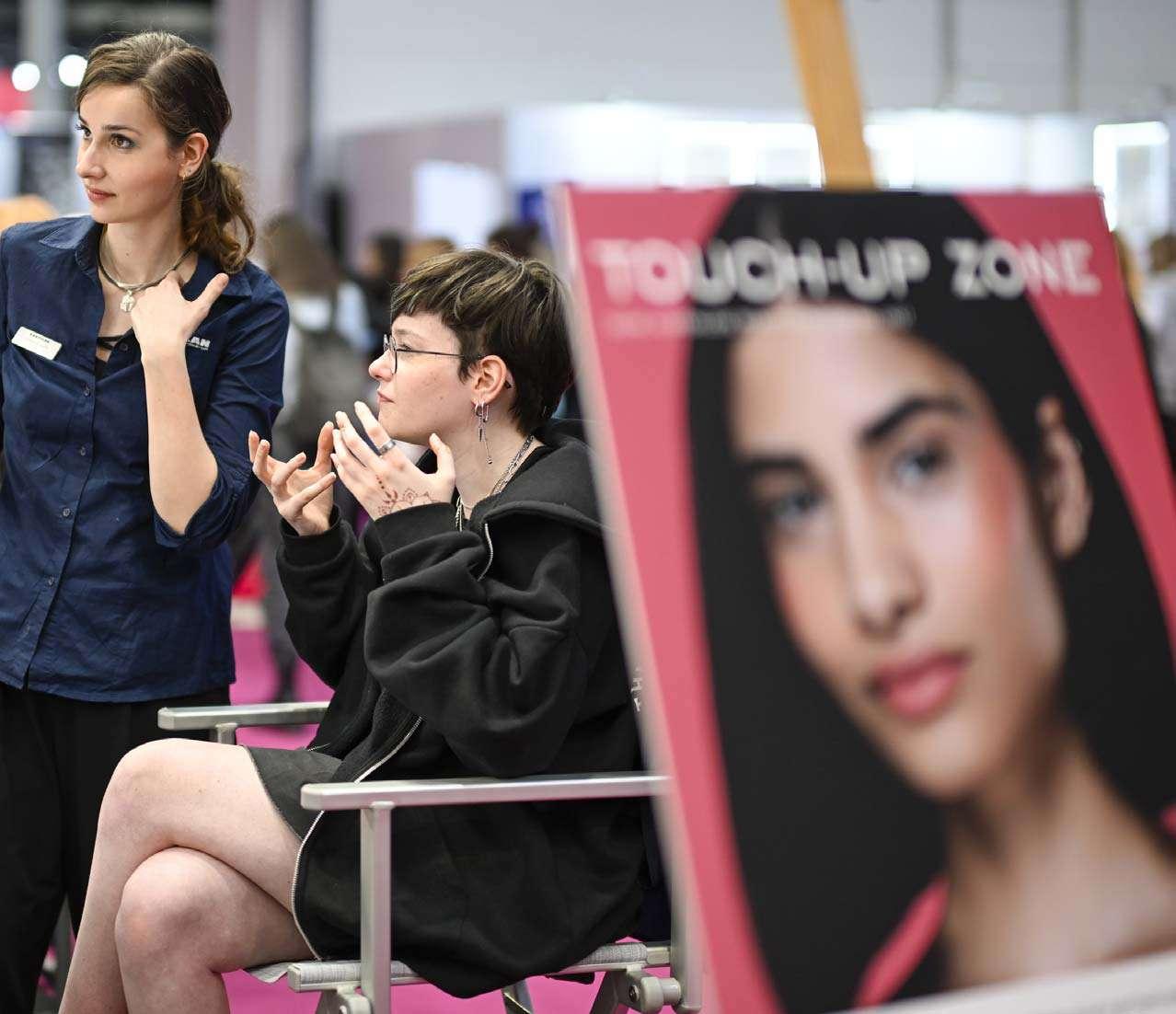



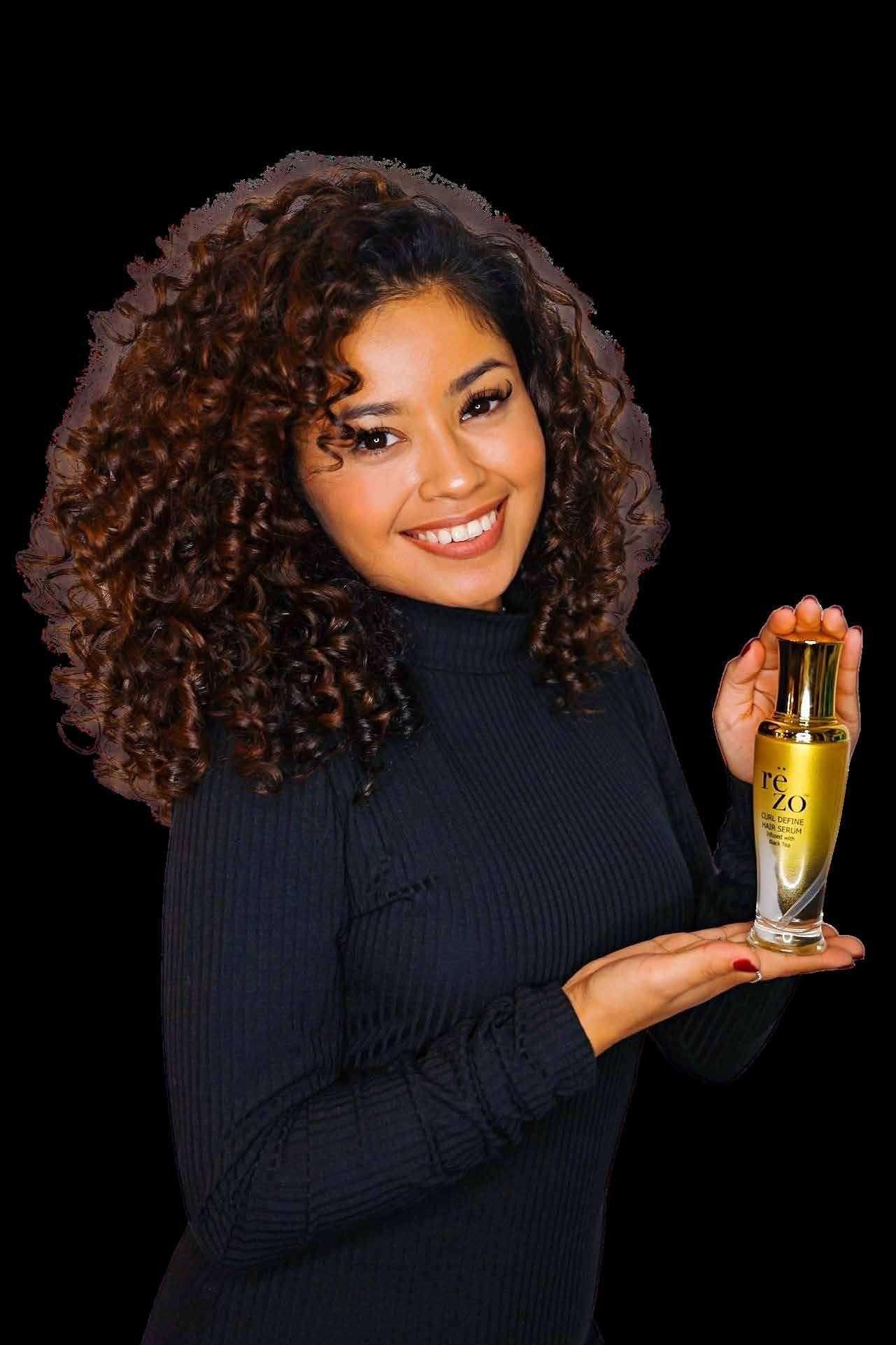
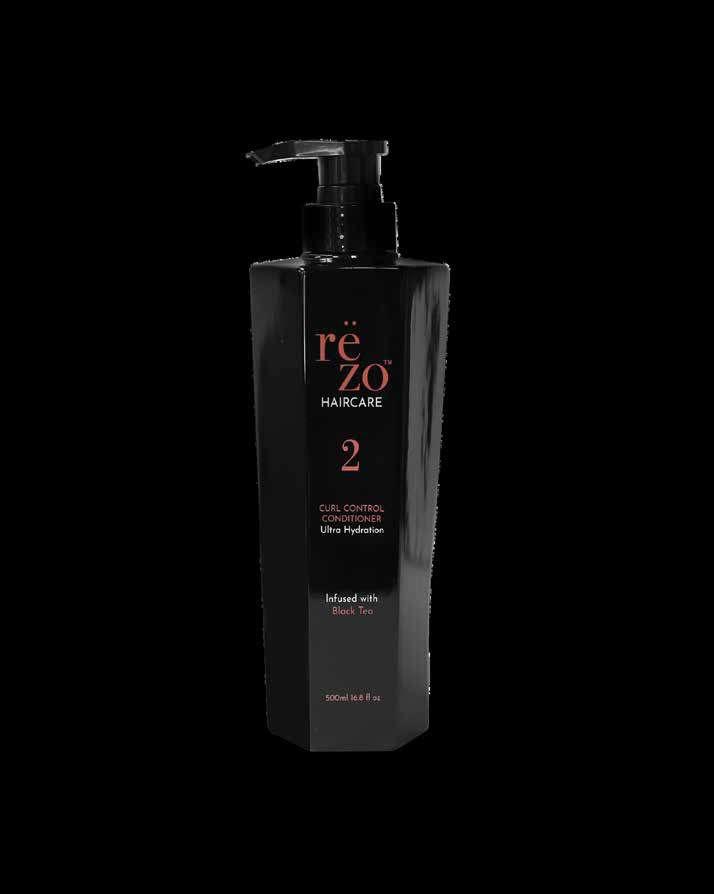
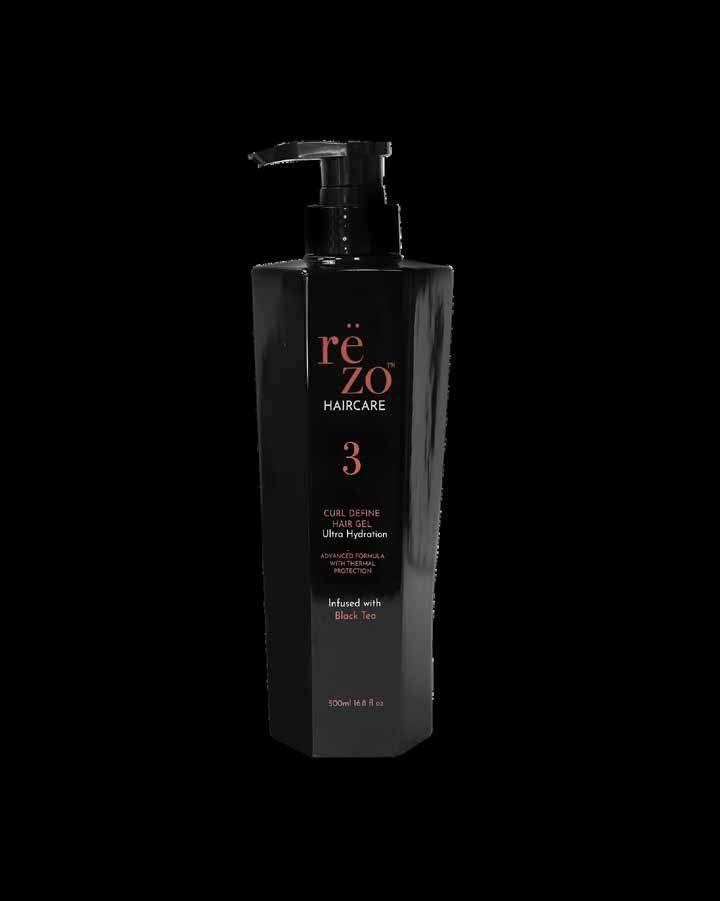
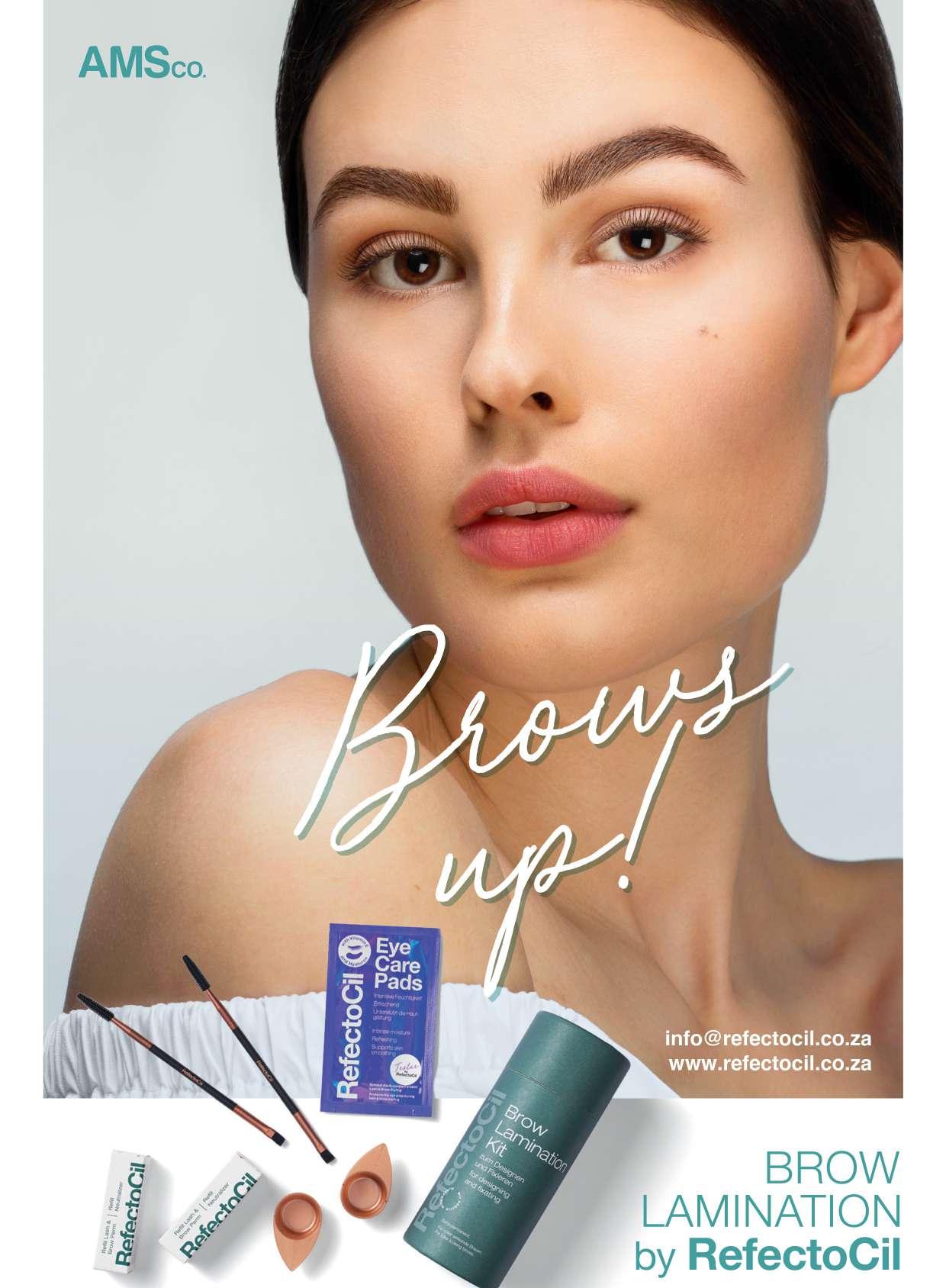
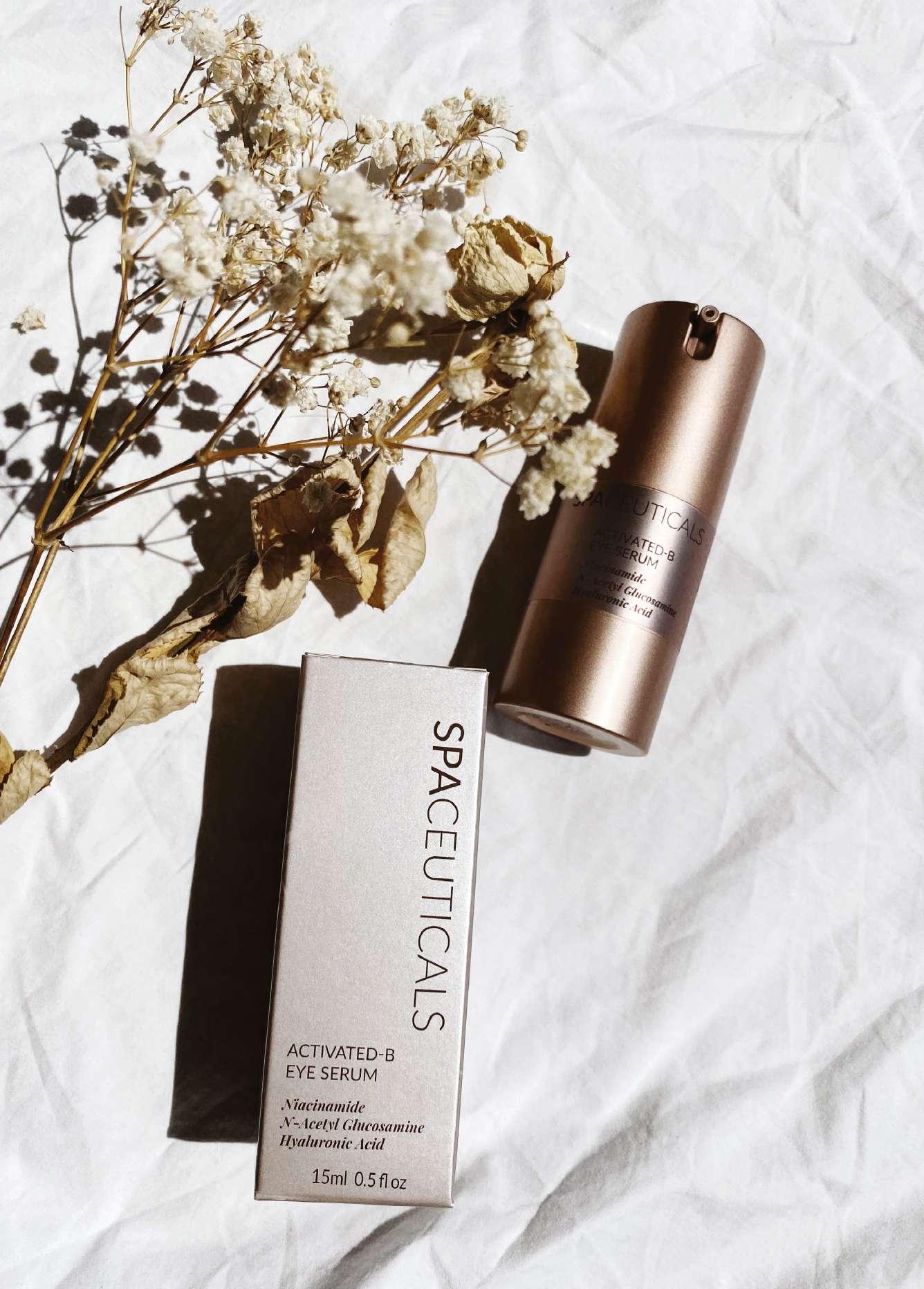

“Clean beauty” has been continuing to grow in popularity, so much so that it is evolving into a new age; “Ethical Beauty”. There is even more of a focus on how the products were created, where the raw materials were taken from and how they were extracted and with transparency being key, brands are reassessing their production and supply chains.
With a growing number of green consumers making more environmentally friendly and ethical purchase choices, “Ethical Beauty” is gaining attention from the industry. Although its interpretation may vary across brands and individuals, what would you say is a general definition for the term “ethical beauty”?
It’s an overarching concept that ranges from social values such as veganism, anti-animal testing, and fair trade, meaning transparency at all stages of the value chain including production of raw materials, to ethical management such as fair treatment of employees. It’s a trend led by consumers who reject beauty products from certain companies in the belief that “ethical” companies will produce ethical products.
In today’s world, we can learn a lot about consumer values through their consumption and demand for “ethical beauty” is particularly evident among Millennials and Gen Z. What do you believe led to this increased consumer awareness of ethics, and therefore demand of ethical products, in the beauty industry?
We are now transitioning from pursuing high social status, wealth, and honour symbolized by capitalism, to believing that true happiness comes from a life lived with dignity and our relationships with loved ones. This means that nowadays, younger generations
tend to prioritise their happiness in everyday life through their well-being and the time they share with loved ones.
As humans, we often recognise that our small actions can affect many and we assert ourselves as members of our society through consumption. Online boycotts and active political participation are deeply rooted in the desire to straighten up any unfairness in society and, at the same time, ensure equity for themselves in terms of opportunities. We’re likely to also see this phenomenon appearing in emerging economies such as China and India in the future,
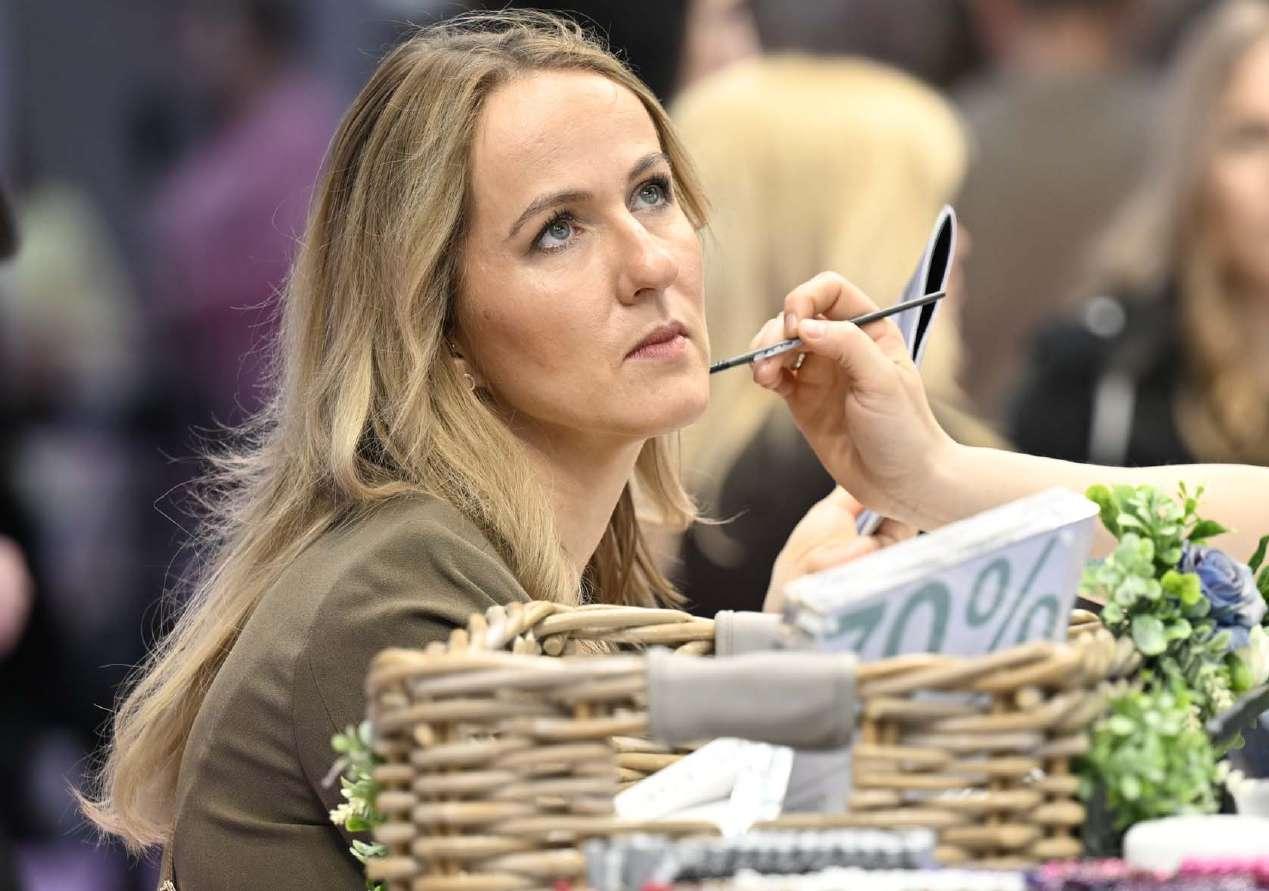
as their middle class grows.
With regards to more ethical products, what considerations do cosmetics companies take, both in the manufacturing process and in terms of overall product trends, to meet consumers’ growing expectations?
Companies are paying closer attention to issues such as the content of key ingredients, unfairness in material sourcing, and the use of environmentally harmful materials as well as the transparency in the labelling of product ingredients. Brands that use animal testing are no longer found in developed countries because consumers are turning their backs on them.
The standards of positive consumption for cosmetics probably vary depending on the individual or the country. In Korea, consumers prefer cosmetics that are gentle on the skin and there are popular apps, such as Hwahae and Glowpick, providing information on the composition of cosmetics. Meanwhile, in the US, with a larger number of vegetarians, consumers are more likely to favour products that are vegan or made without animal testing. Have you noticed a difference in consumer preferences at home and abroad?
I don’t think the standards for positive consumption differ much between home and abroad, although there may be individual differences. Since the ethics required by society also strictly apply to the beauty industry, companies in Korea, and overseas, both recognise the importance of ethical values. Companies and brands that don’t live up to the standards will have to adapt quickly.
In 2019, a major US retailer began to use their own “clean” label, taking products with harmful ingredients off the shelves. Likewise, Olive Young in Korea also created its own “clean” standard aimed at “Ol-young without Five Ingredients”. Online communities in Korea are particularly strong in their solidarity, so much so that any news of “bad practice” from a specific company or brand can result in a barrage of opinions, bad reviews and can directly lead to a boycott.
As it becomes more challenging to meet consumers’ growing demands over both quality and ethical value of a brand or product, how do you think beauty companies must evolve to survive?
With the spread of appreciation for sustainability, companies must stay away from focusing solely on product sales and the image of excessive consumption. To avoid
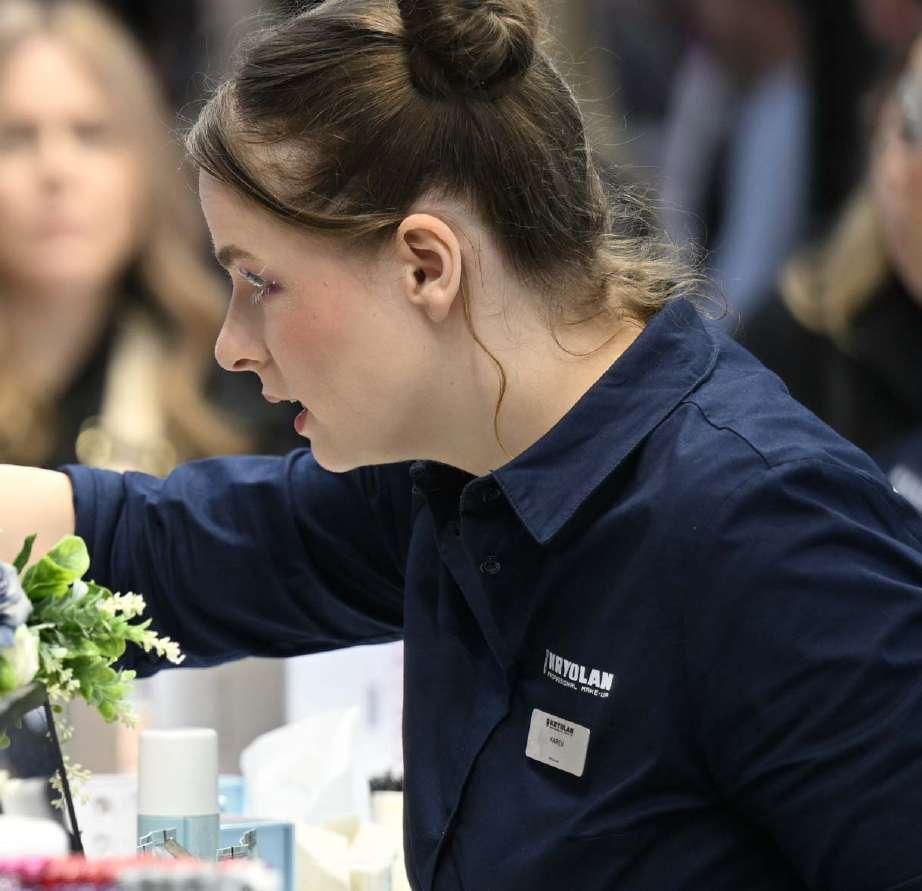
“greenwashing”, they can only communicate with consumers once they practice ethical management, while establishing an authentic circular economy and minimising damage to nature.
In the future, competition in the beauty industry will be summed up as “ethics,” “sustainability,” “high quality,” and “value for price.”
It is highly challenging to achieve all of this in a short period of time. However, I think that they can create a loyal consumer base if they engage in steady communication with consumers, combining the above four elements with the brand’s philosophy.
Could you share an example of a time you’ve been influenced by the brands’ values when purchasing a cosmetics product?
MICA, the raw material used to make glitter eyeshadow, is sourced by exploiting Indian children. After watching the news, I stopped buying glitter eyeshadow. The fact that it often contains microplastics further motivated me to stay away from it. In Europe, glitter is made using eco-friendly techniques and materials, so I hope Korean companies soon change their direction.
For a bath product, I use Bath Bomb from LUSH because it has no packaging to throw away. It’s a great example of zero waste. I buy one every time I pass by a LUSH store.
Does the “ethical beauty” trend provide any advantage for Korean companies?’
K-Beauty is known for its “innovation” and “value for price.” However, I think there are still many challenges for Korean cosmetics to overcome before corporate ethics reaches every corner of production and encourage those who run the business to share the ideology.
“Ethical Beauty” is not a transient trend. Like sustainability, it will keep spreading. This means it is also an opportunity for companies that are still preparing for it.
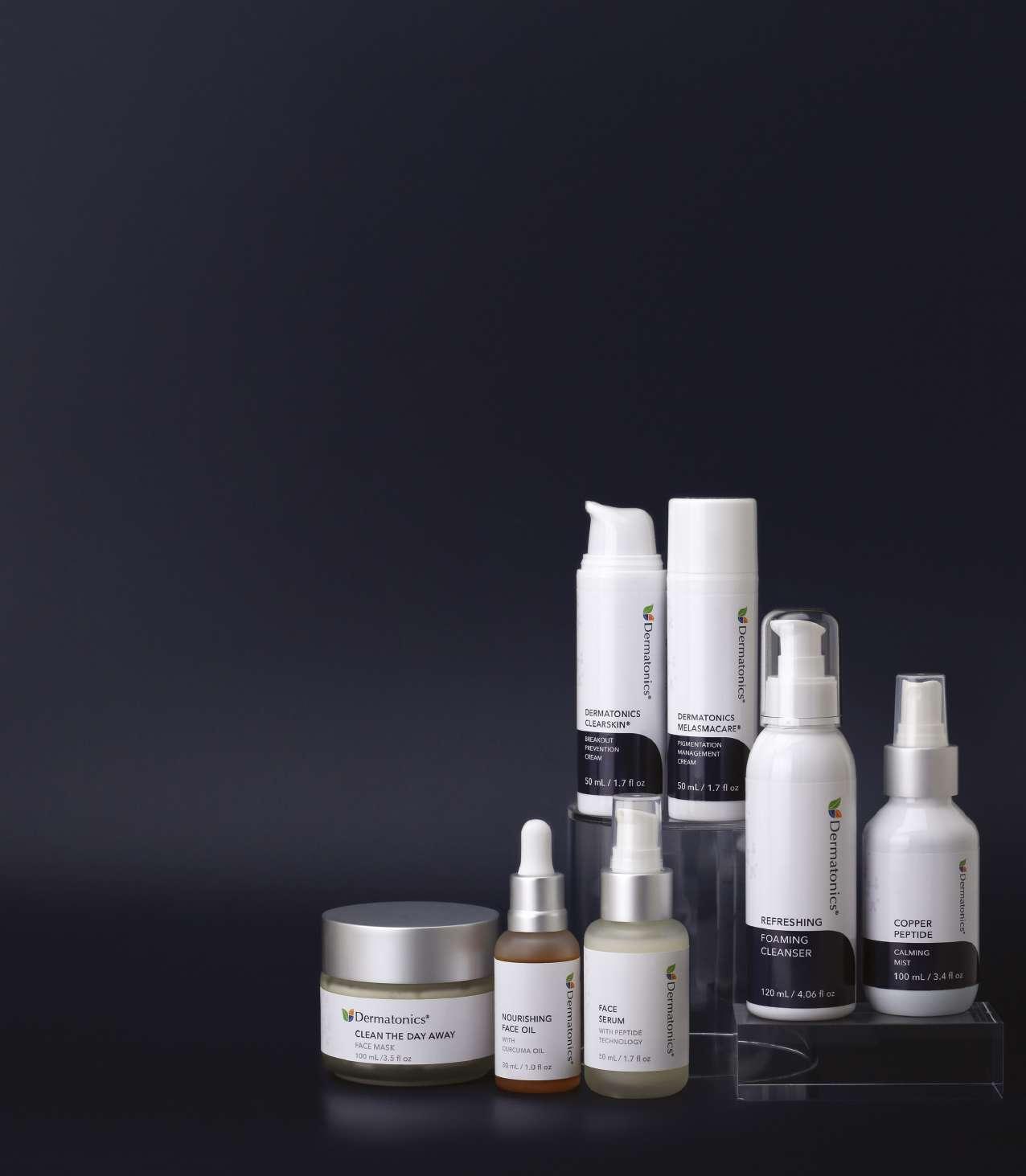


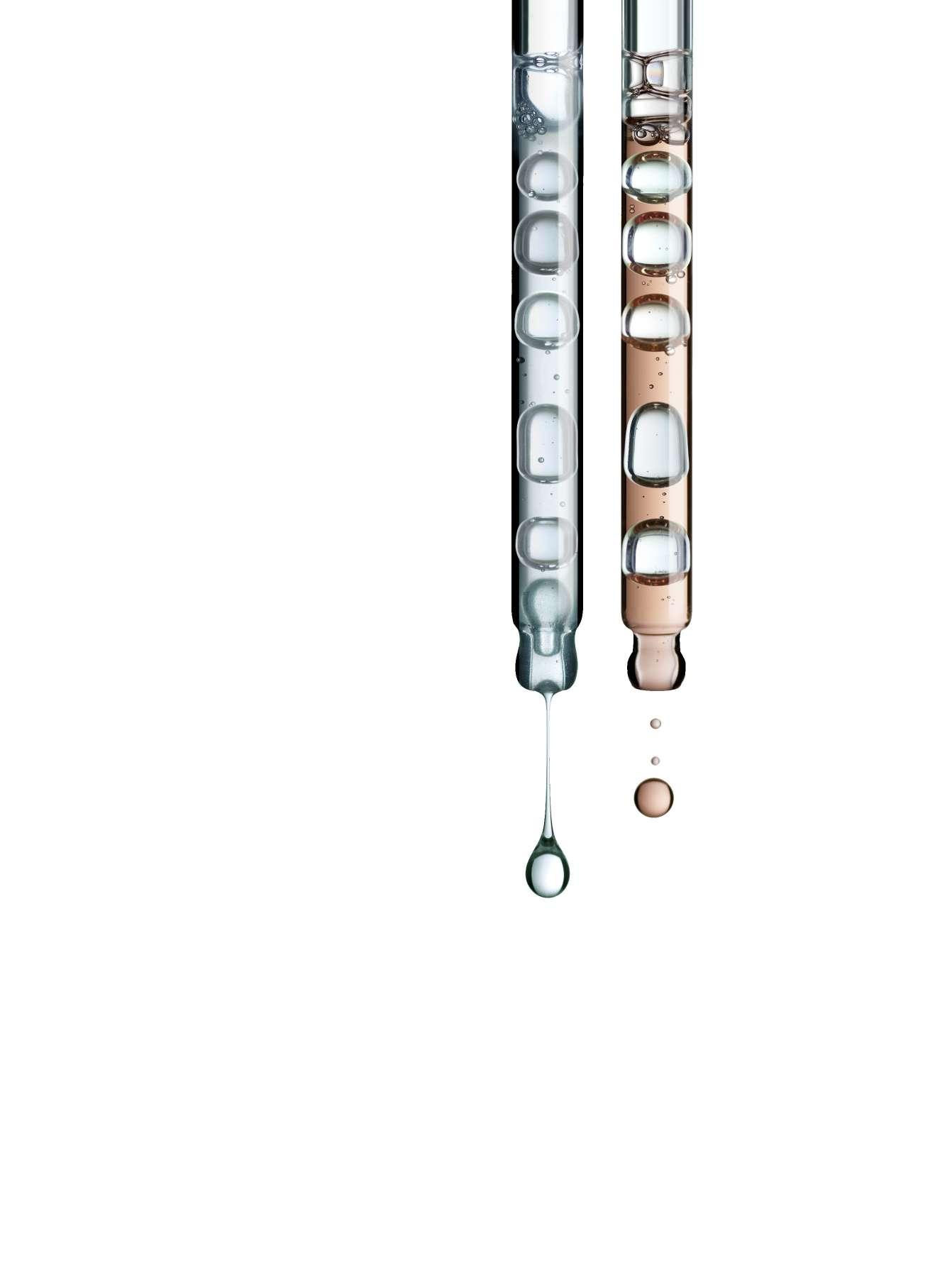
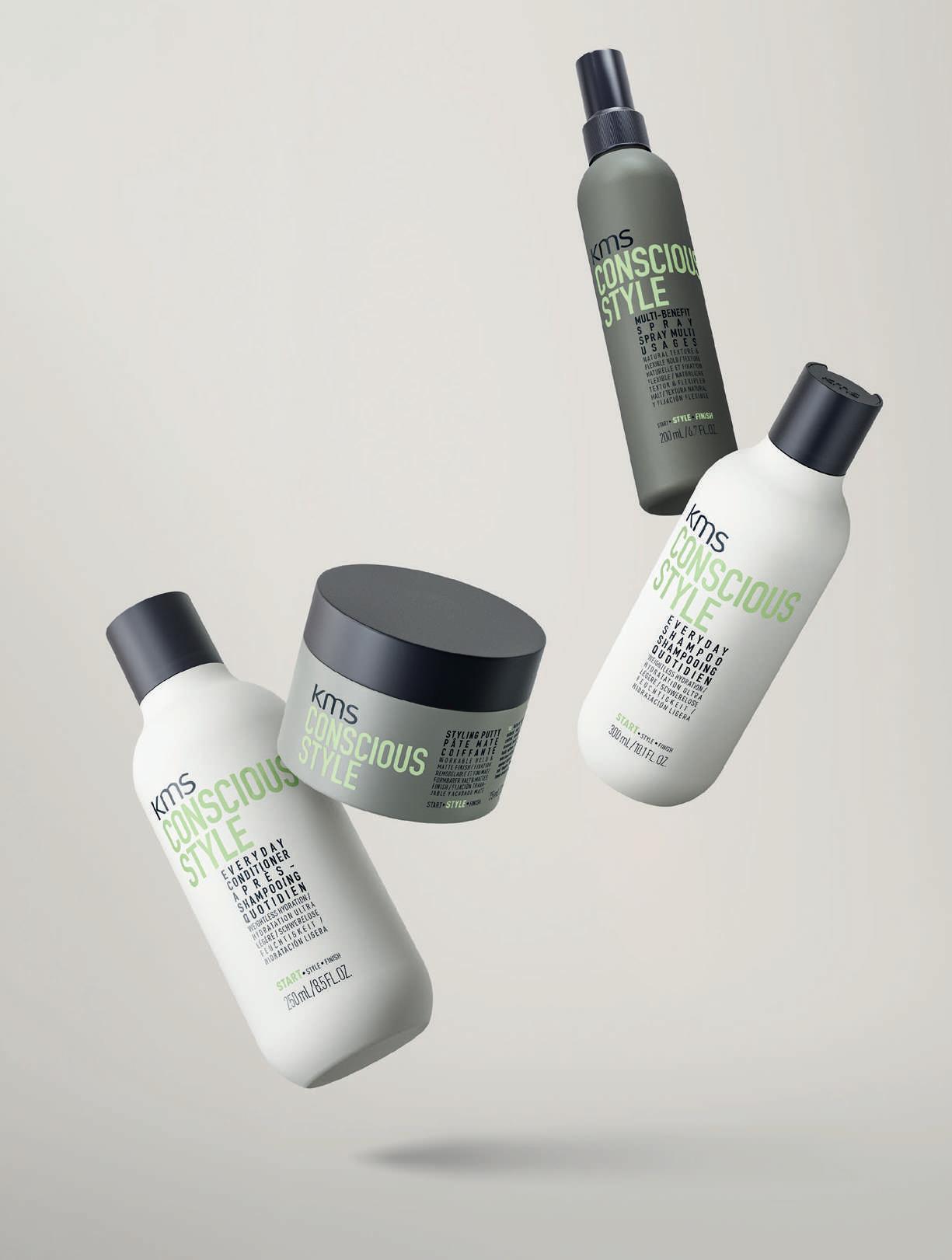
UP TO:
97% BIODEGRADABILITY
98% NATURAL INGREDIENTS
100% PERFORMANCE
USE OF RECYCLED MATERIALS

The new DMK MD Home Prescriptive range represents the application of principles and functions found in biological systems to produce scientific-based solutions!




LACQUERED, PLUMPING, NONSTICKY SHINE



NOURISHING & ANTIOXIDANT (With grape seed oil and Vitamin E)


COMFORT, SUPPLENESS & PROTECTION

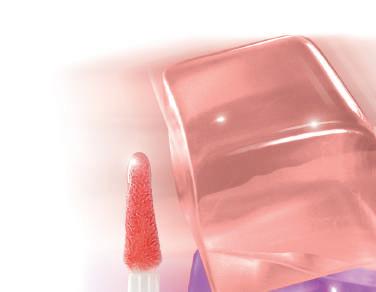
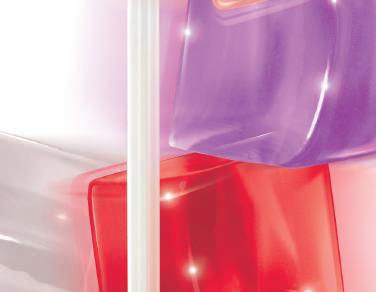
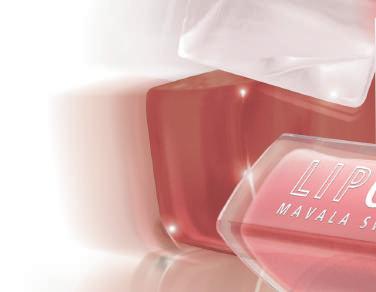



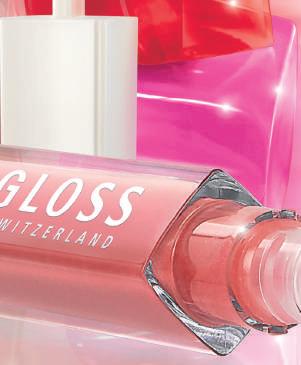

Concentrated in pigments and reflecting mother-of-pearls, this creamy gloss offers a lacquered shine and a colour both fresh and juicy.

Thanks to this caring make-up with a delicate vanilla fragrance, your lips will be supple, protected and brighter than ever !

This caring lip perfector nourishes lips and reinforces their protection. Its smart balance of polymers and softening ingredients allow to obtain a plumping, smooth and non-sticky texture.

– 15 available shades –
www.m av ala. com

Nutritive serum for longer, fuller, stronger lashes.


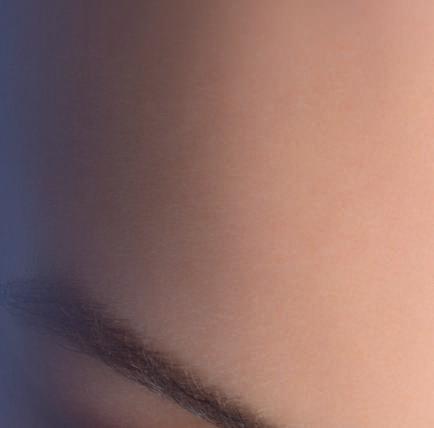
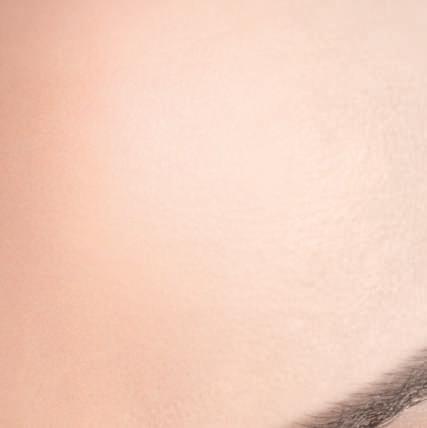


96 % of NATURAL origin ingredients

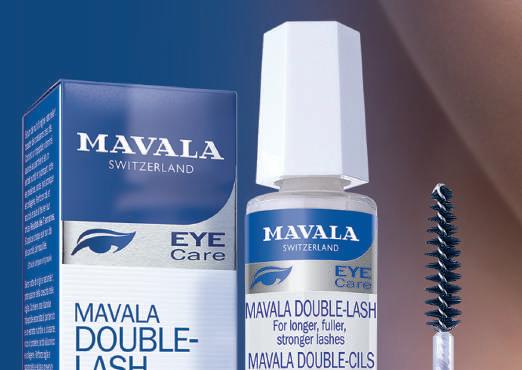

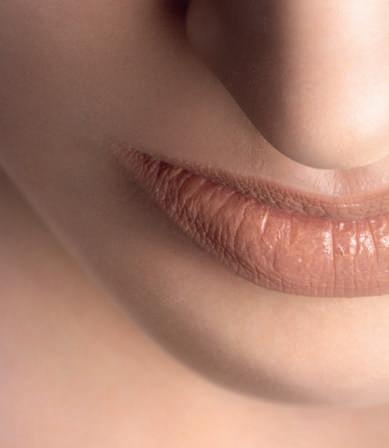
THE ULTIMATE NIGHT CARE FOR YOUR LASHES
Apply MAVALA Double-Lash every evening on clean lashes and allow it to work overnight.
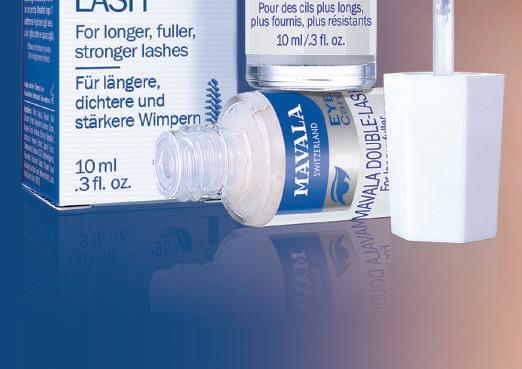
Fuller and longer lashes * after 49 days


• With a revitalizing natural extract combined to a fortifying vitamin complex that improve eyelash growth.
• For silkier, denser, more resistant lashes.
• Also recommended for eyebrows.
Ophthalmologically tested.
Fragrance free, colourant free.
* Clinically proven efficacy. Significant increase in the length and volume of eyelashes after 7 weeks of daily application. Tested on 20 women.

70 product references + professional range for cabin.
Clean beauty, Biotech formulas made in Switzerland for skincare, bodycare, haircare, nailcare, babycare and more.
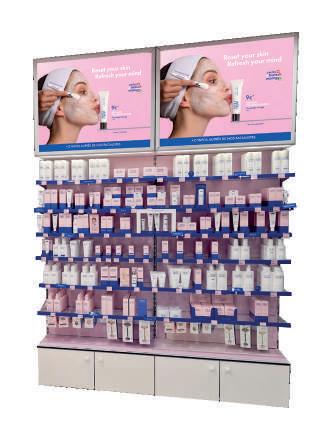
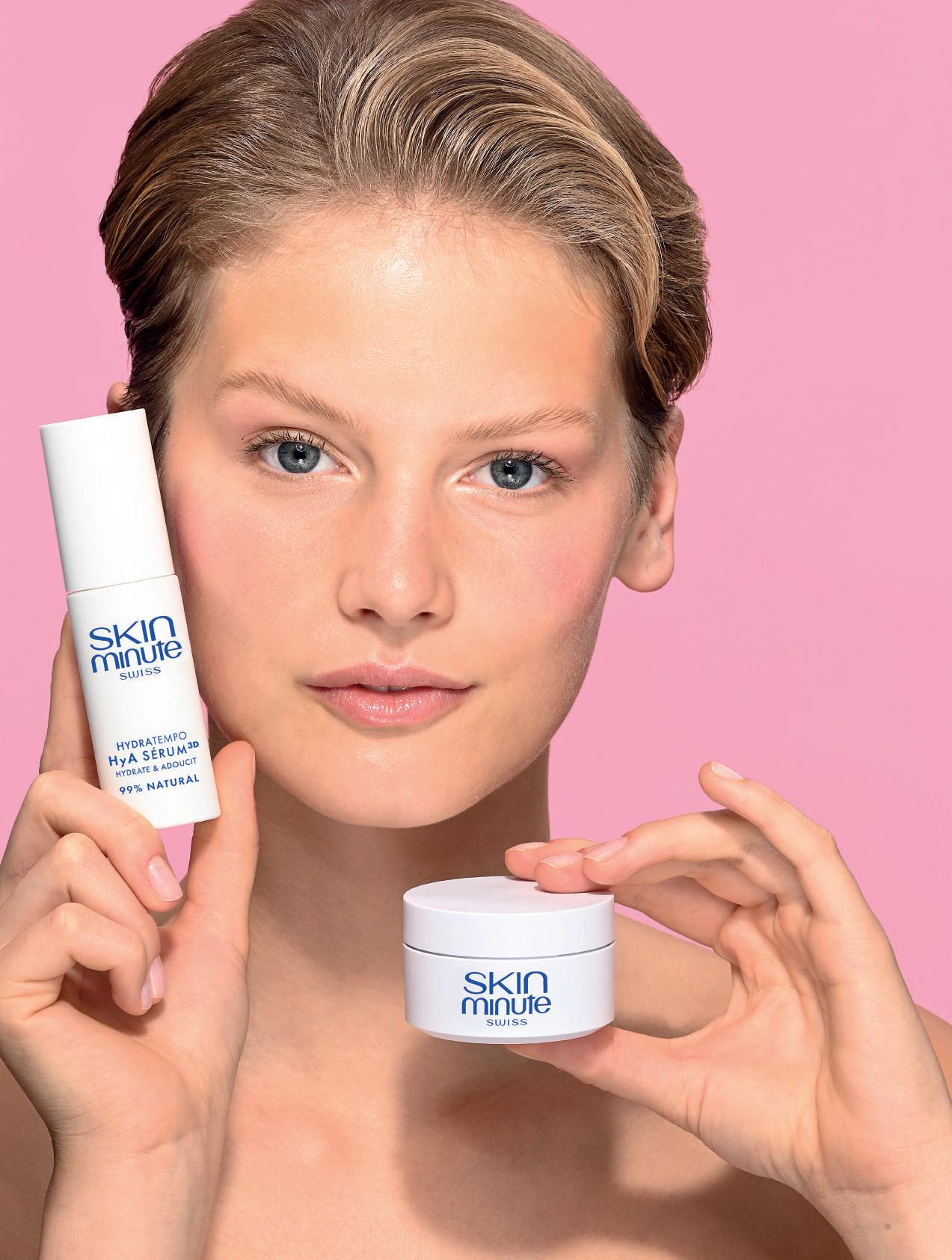
# swiss biotech ecology

The French master Franchise owns 500 beauty salons (2600 cabines), n°1 in Paris and in France.
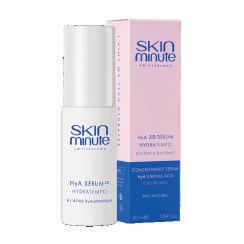
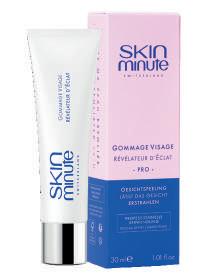
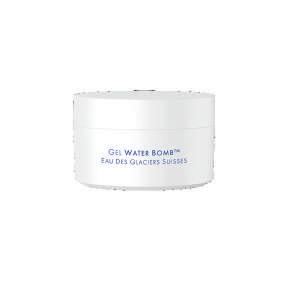
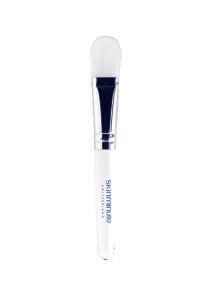
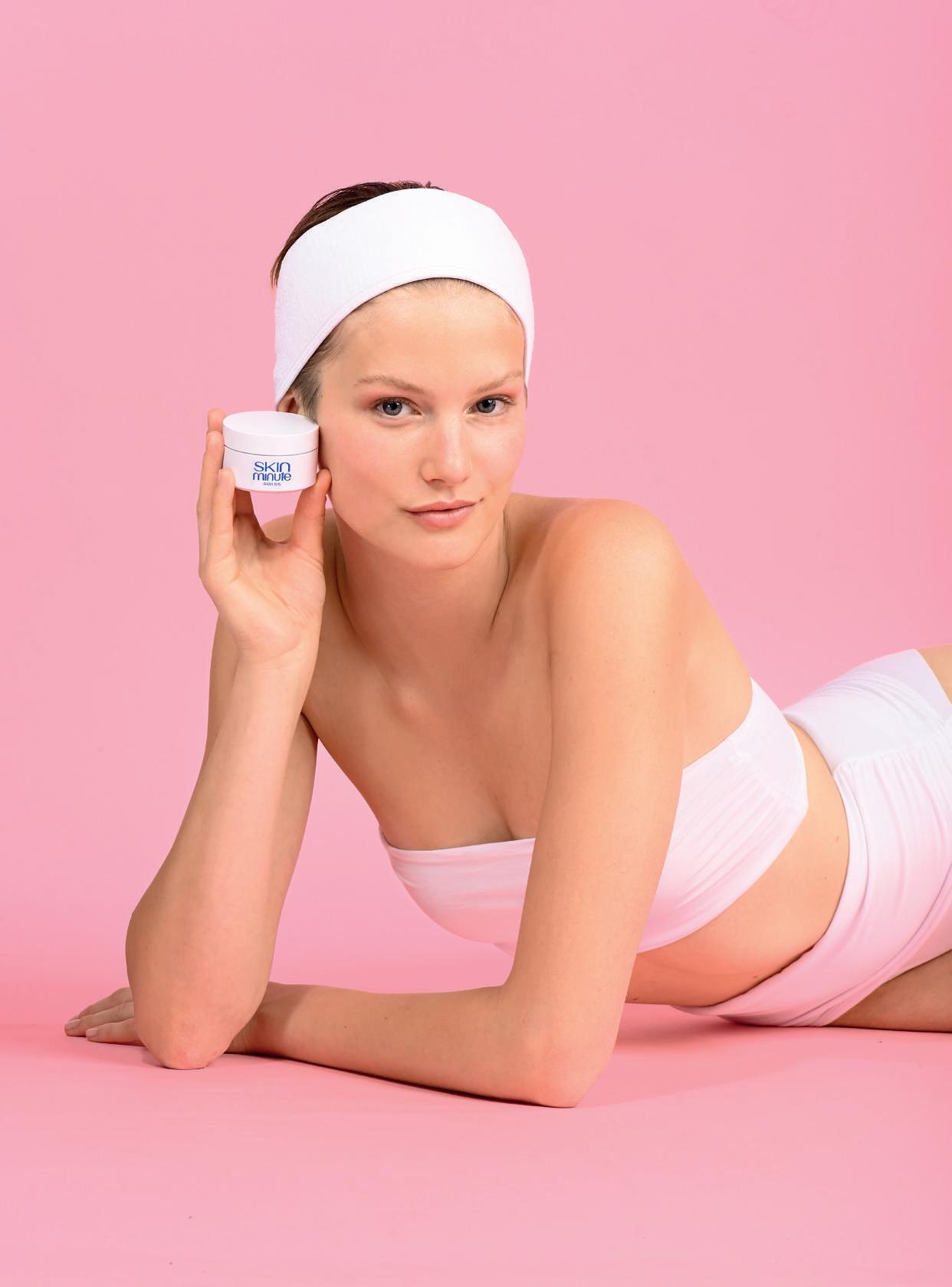

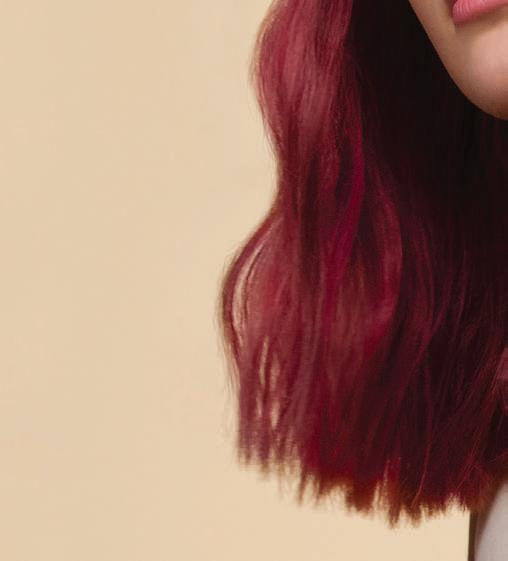






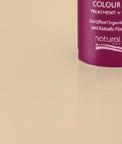














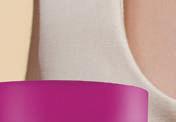



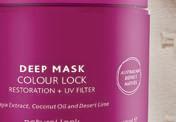
AUSTRALIAN BLEND 5 NATIVE INGREDIENTS

VEGAN FRIENDLY & CRUELTY FREE FREE FROM SLS, PARABEN & PETROCHEMICALS SUITABLE FOR NATURAL, COLOUR TREATED OR HIGHLIGHTED HAIR




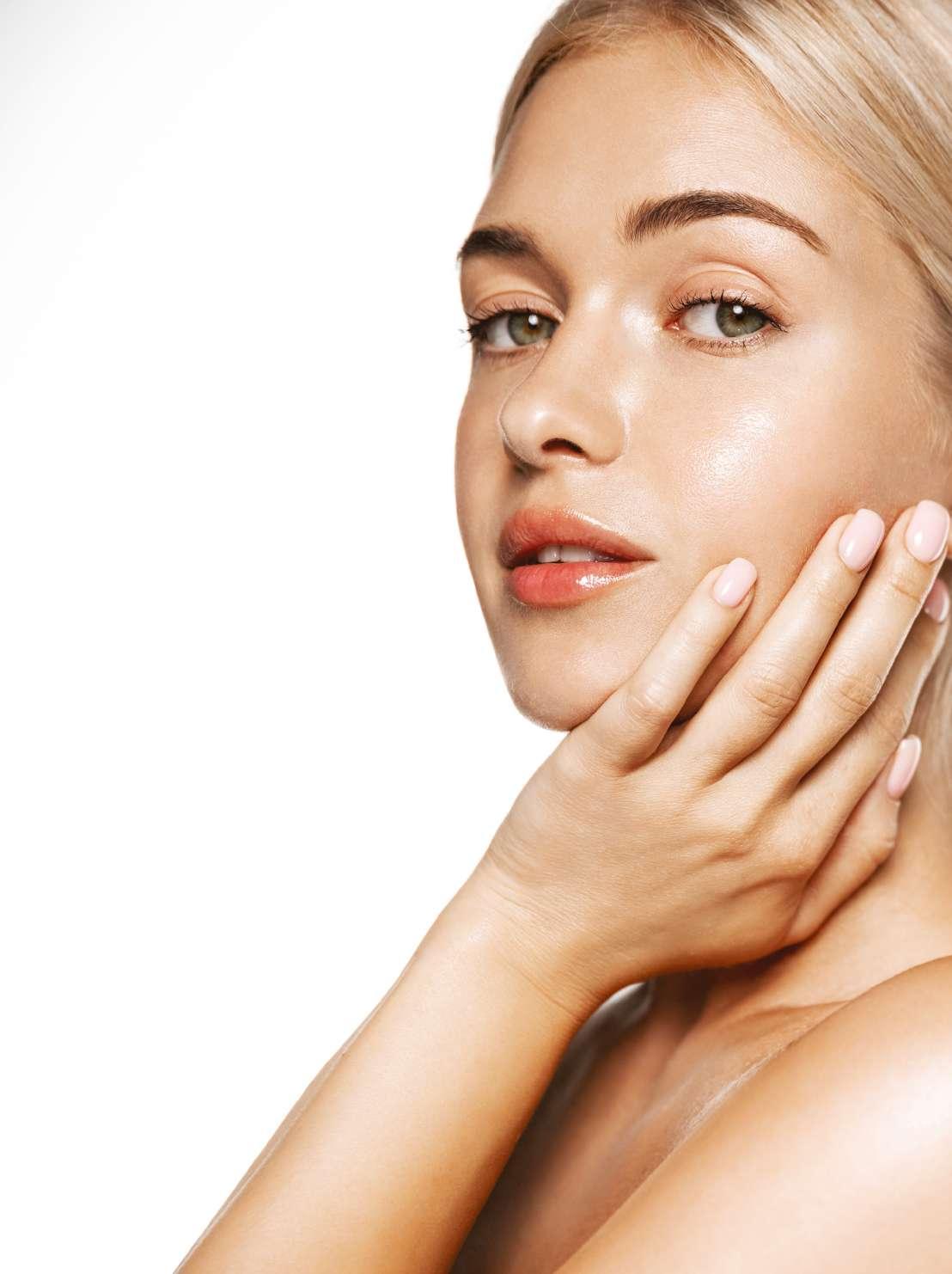
Fragrances are volatile com pounds capable of readily converting from a liquid state to a vapour state at room temperature. These molecules of vapourized liquid are what we perceive as smells; lighter than air, they drift into our noses and engage our olfactory receptors.
There are many types of fragrance molecules, but we will focus on essential oils, which are abundant in the natural world.
Essential oils are aromatic compounds produced by many plants, and they are of interest to us because of their fragrances: The smells of different essential oils can alter our brain chemistry, impacting our emotional and mental states.
Essential oils are complex mixtures of terpenes and other aromatic or aliphatic compounds, produced as secondary metabolites in specialized secretory tissues of aromatic plants.
Plants produce essential oils for a variety of biological purposes: to cool off by way of oil evaporation, to attract pollinators, to make themselves unpalatable to insects and animals, to ward off disease, even to make the soil around them toxic to other plants, thus reducing competition for sunlight, moisture, and nutrients. Essential oils may be present in the plants’ flowers, leaves, roots, or bark.
After the plants have been harvested, the essential oils can be extracted using different methods such as steam distillation, expression (physical crushing of essential oil glands situated in fruit rinds or the outermost waxy layer of fruit peels),
microwave-assisted extraction, solvent extraction, or enfleurage (transfer of the essential oil from flower petals to fat).
In general, the most common method is steam distillation, but expression is the method used most frequently to obtain essential oils from the peels of citrus fruits such as oranges, lemons, or bergamot.
Essential oils have found their way into everyday life, notably into foods, beverages and confectionery items; into personal care products (soaps, toothpastes, mouthwashes, deodorants, bath lotions and shampoos), perfumes, other cosmetics, and pharmaceutical formulations. Essential oils are added to make such products more attractive or to mask the taste or smell of less pleasant ingredients.
Green consumerism and the “naturals” trend have provided a fresh impetus for the use of plant essential oils, particularly in the skincare beauty industry. In addition to their fragrances and natural marketing image, essential oils also bring comprehensive active compounds to modern skincare products.
For example, essential oils can serve as natural preservative agents, due to their antimicrobial properties. They can also provide additional benefits to skin such as anti-acne effects, anti-aging effects, skin lightening, and sun protection.
Essential oils may contain anywhere from a few to more than 100 single molecular structures. However, essential oils are usually natural mixtures of about 20–70 components, with two or three of the major
components being present at fairly high concentrations and other components present in trace amounts. The contribution of a single compound to an oil’s fragrance does not solely depend on its concentration though; it also relies on its odor threshold, which is determined by its structure and volatility. Therefore, minor components derived from oxidation or degradation reactions may have a strong impact on an oil’s fragrance if their aroma values are high enough.
Essential oil components can be roughly classified into three families: lipophilic terpenoids, phenylpropanoids, and short-chain aliphatic hydrocarbons. Lipophilic terpenoids are the most frequent and characteristic constituents. Among them, allylic, mono-, bi-, tricyclic mono- and sesquiterpenoids make up a major part of essential oils.
In general, monoterpene hydrocarbons are less influential on the fragrance of the essential oil than their oxygenated counterparts, which are highly odoriferous. Having a concentration of about 90%, monoterpenes are the most abundant component in essential oils. They have a great variety of structures, but geraniol/nerol, linalool, citronellol, citronellal and citral are the most important terpenes to an oil’s fragrance.
The chemical compositions of essential oils are heavily dependent on physiological (plant organ, ontogenesis), environmental (soil composition, weather conditions), and genetic factors.
Other factors such as geographical variation, plant characteristics (which species, whether cultivated or wild),
harvest or postharvest conditions, production parameters (oil production methodology, distillation parameters), and other parameters (storage condition, storage time) also impact the compositions of essential oils.
Essential oils are classified as top,

middle, or base notes according to their odorous characteristics, diffusion rate and volatility. The top notes are the most volatile oils and are therefore the first perceptible odors. In other words, they are detected first and fade first. As such, top notes are responsible for a product’s first impression on customers. These are light scents, usually lasting 5–10 minutes, but they may remain for a maximum of 30 minutes. Bergamot, juniper, cinnamon, and gardenia essential oils are all top notes.
Middle notes tend to be spicy or
floral and give body to blends; they can remain for up to one hour. Ylang-ylang, geranium, lavender, jasmine, and clove essential oils are all middle notes. The base notes give a fragrance depth and last the longest, remaining for up to several hours. Myrrh, vanilla, sandalwood, and frankincense essential oils are all base notes.
Most common essential oils have been well tried and tested; their safety levels have been determined. As such, it is known that some essential oils are more likely to cause adverse skin reactions than others.
The presence and concentration of a relatively potent allergen is a major factor in allergic contact dermatitis, and the oxidation of essential oil constituents can increase the risk of adverse skin reactions because the resulting oxides and peroxides are generally more reactive. Therefore, the proper storage of essential oils is important to the preservation of their effectiveness and the reduction of adverse reactions.
Photosensitization may occur when an essential oil with a photosensitizing constituent is applied to skin and then exposed to sunlight or
ultraviolet light. For instance, furanocoumarins are photosensitizers that may be present in expressed citrus peel oils and angelica root, rue, parsley leaf, or marigold essential oils.
The most common furanocoumarins are psoralen and bergapten. Inflammatory skin reactions such as pigmentation, blistering, or even severe skin burns can occur when furanocoumarins are applied to skin and exposed to ultraviolet light. We have detailed this situation in an earlier article about phytotoxicity for safe, natural ingredients.
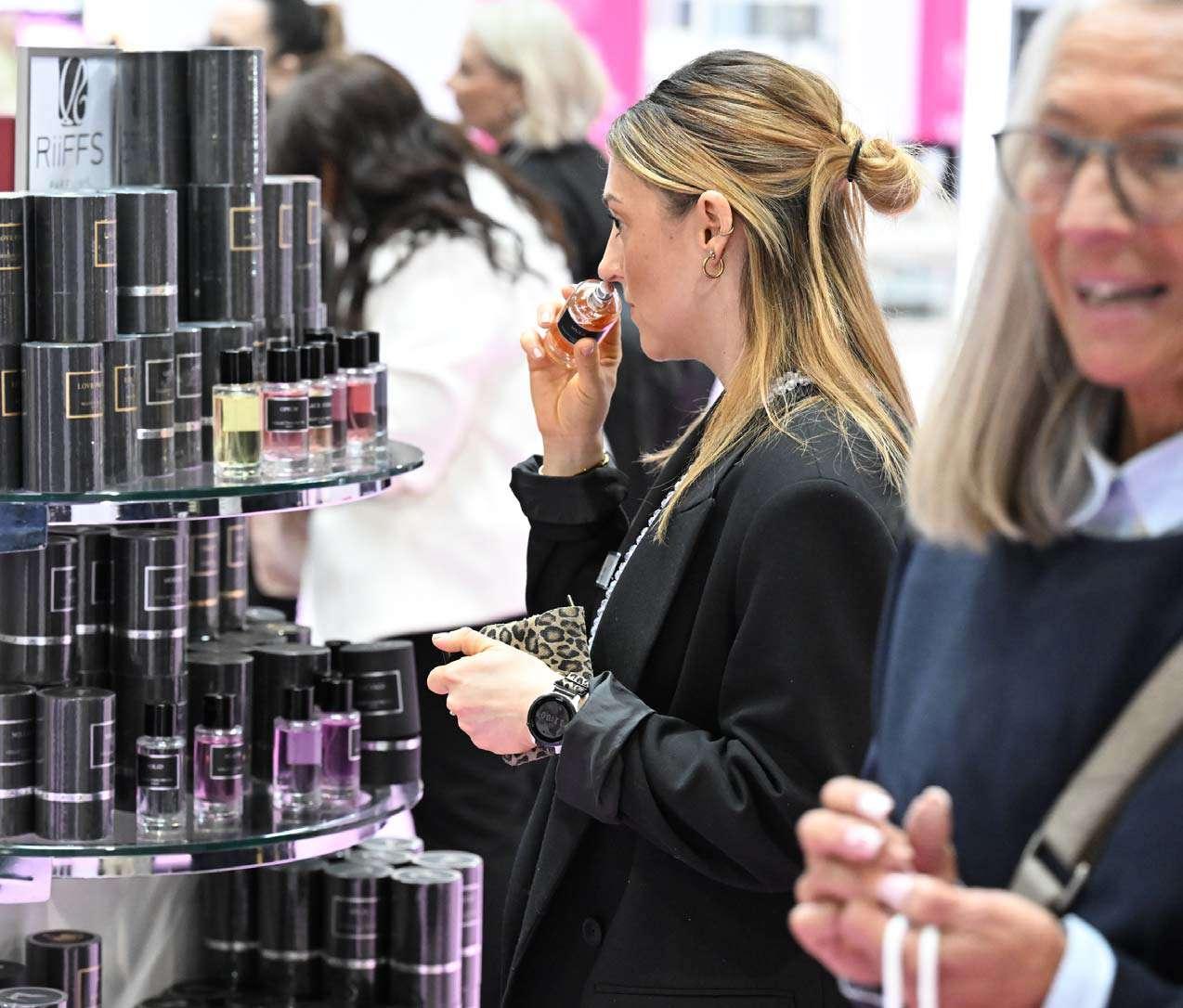
Real cameras (instead of smart phones), long play records (instead of streaming music), pencils and notebooks (instead of laptops and tablets) and then there are those bell bottoms trousers…
Novelty is in the eye of the beholder! But it does feel as though plenty of consumer behavior is recycling in one form or another. It’s always been part of fashion: short skirts vs long skirts, broad shoulders vs narrow shoulders, full jeans vs narrow jeans. The funny thing about fashion is most people no longer pay attention to fashion trends; anything goes.
As technology consumes more and more of our brains and our time,
there is often a yearning to return to the simplicity of a low-tech life. (Every time I move in that direction, I’m reminded it wasn’t really that simple.)
No surprise, beauty is no exception. As skincare in particular becomes more advanced, sophisticated, scientific and complex, we find consumers looking for simpler, more basic solutions. Covid accelerated this move, though it started well before the virus hit. Complicated, multi-product Asian skincare regimens that US beauty junkies were eager to adopt, began to seem onerous. Ingredient lists with 60+ ingredients seemed senseless. (I now encourage my clients to keep the IL below 25 ingredients.)
Consumers are so smart and so educated. They know the difference between “fairy dust” ingredients and claiming ingredients and what those levels should be.
Plus there’s something romantically nostalgic and peaceful about uncluttering one’s life on many levels: clothes, furnishings, schedule of activities, meals and why not personal care products. Again, Covid forced us into some of these situations, but this trend was already in place.
An amazing array of “simple” products has moved to the front of the beauty lineup and these are worth exploring. Vaseline Petroleum Jelly launched in 1870. It was
pitched as a skin care product that “healed” wounds, burns and chafed or dry skin. With the move toward “clean” ingredients in recent years, the much maligned petroleum jelly was pushed aside as being a pore clogging, fossil fuel derivative. Then came Slugging around 2014 in South Korea. This trend of slathering Vaseline on needy body parts (and hair) came to the US a couple of years ago.
Over the last year, the number of views of TikTok videos in which influencers mentioned Vaseline increased by 46%. On Instagram, the number of videos that mentioned Vaseline jumped 93% over the same period. According to Unilever, the multinational consumer-
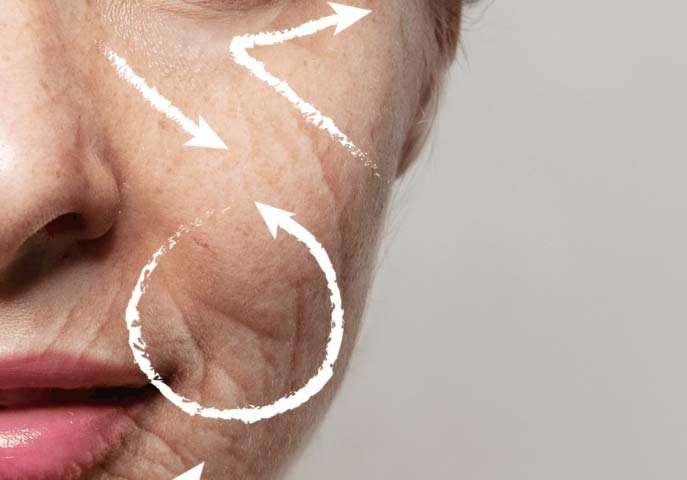
goods company that owns Vaseline, mentions of the product went up 327% on social media during the first week of February 2022, compared with the same week last year.
Cerave Skincare launched in 2006 as a basic, not sexy, minimalist, certainly not luxurious, hardworking personal care line. TikTok put it on the map a couple of years ago after L’Oréal purchased the brand in 2017. It’s now a cult fave and not always in stock at retail. 2020 was especially impactful, as, according to CeraVe Global General Manager, Penelope Giraud, the brand was recognized as one of the fastest growing skincare brands of the year. Gen Z has discovered this billion dollar brand, loves its straightforward simplicity and lack of hyperbole. It’s simple, basic, no frills, affordable and gets the job done.
Egyptian Magic Cream, with 6 ingredients, was way ahead of its
time when it launched in 1991. Fragrance-free, it’s suitable for all skin types, and is often dubbed a ‘miracle worker’ for its ability to do a bit of everything. From soothing ragged cuticles and dry skin, treating eczema, burns and diaper rash, conditioning hair and functioning as a makeup remover, it’s easy to understand why it was originally sold as a homeopathic remedy.
The product is ubiquitous: from Costco to Whole Foods, from specialty boutiques to yoga studios, from Walmart to Samaritaine, that white plastic jar with the red and blue label is easy to spot.
The celebrity following is not minor. Egyptian Magic Cream flies just enough below the radar (barely) to retain its cult status without being overexposed (yet). Fans tout its hardworking, multi-tasking qualities and its efficacy and love its simplicity. Romanian born Mario Badescu created his skincare line in
his Manhattan kitchen in 1967. He then opened a spa on the ground floor of his residential building. The goal of the line was to provide shoppers with a European-quality facial from the comfort of their own home—and without the insanely high price tag. The roughly 30 million US dollar brand (zippia.com) transcends generations and spans the lifecycle of skin from acne to anti-aging. Grandmothers, mothers and daughters/sons share product use information and compare skincare stories.
The simple packaging, graphics, ingredients and affordable price points have made the brand popular with Gen Z and Millennials for years. Both these demographics gave the brand a second life on social media.
“The Mario Badescu Skin Care line features products formulated with soothing botanicals, fresh fruit extracts, and other natural ingredients to create simple, gentle and
effective skincare. With over 150 products, the unisex range spans the entire life-cycle of skin to address a multitude of concerns and needs.”
There’s definitely a message here. As we all know, for every trend there’s a counter trend. Skincare sophisticates will continue their quest for the latest, most technologically advanced, celebrity or science-endorsed solution to skin concerns. Unknown or unrecognized ingredients, new delivery systems, a fresh marketing approach and the promise of better, younger, softer, plumper, clearer skin—all this is tough to ignore. But there’s something to be said for tried and true favorites that speak softly and are never intimidating. They’re always there for us to discover and re-visit.
Novelty can be thrilling but discovery can be found around every corner if we’re open to it.
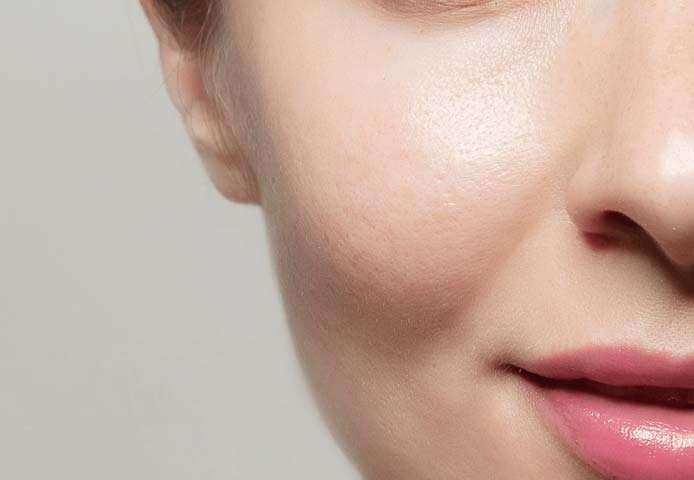
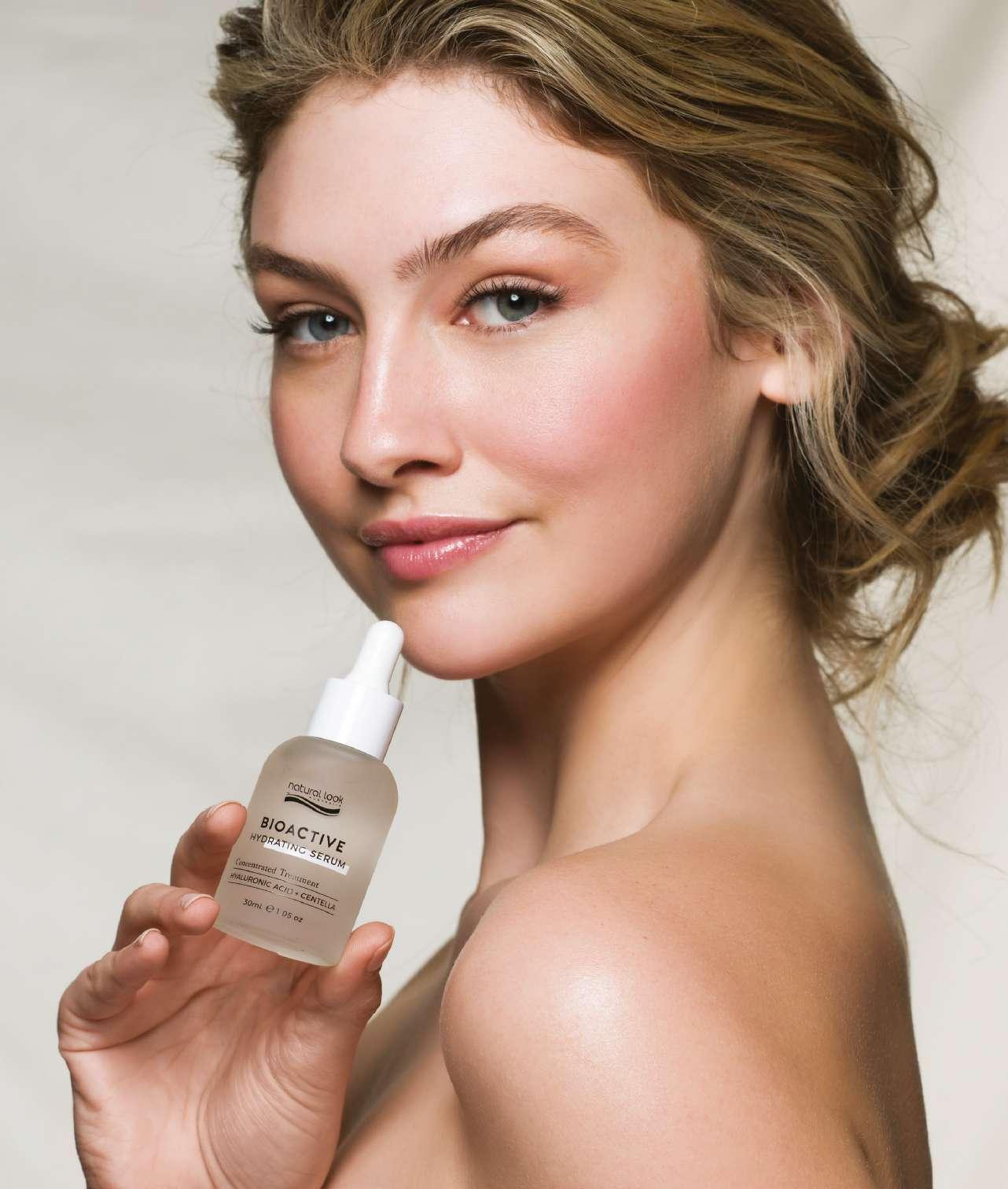
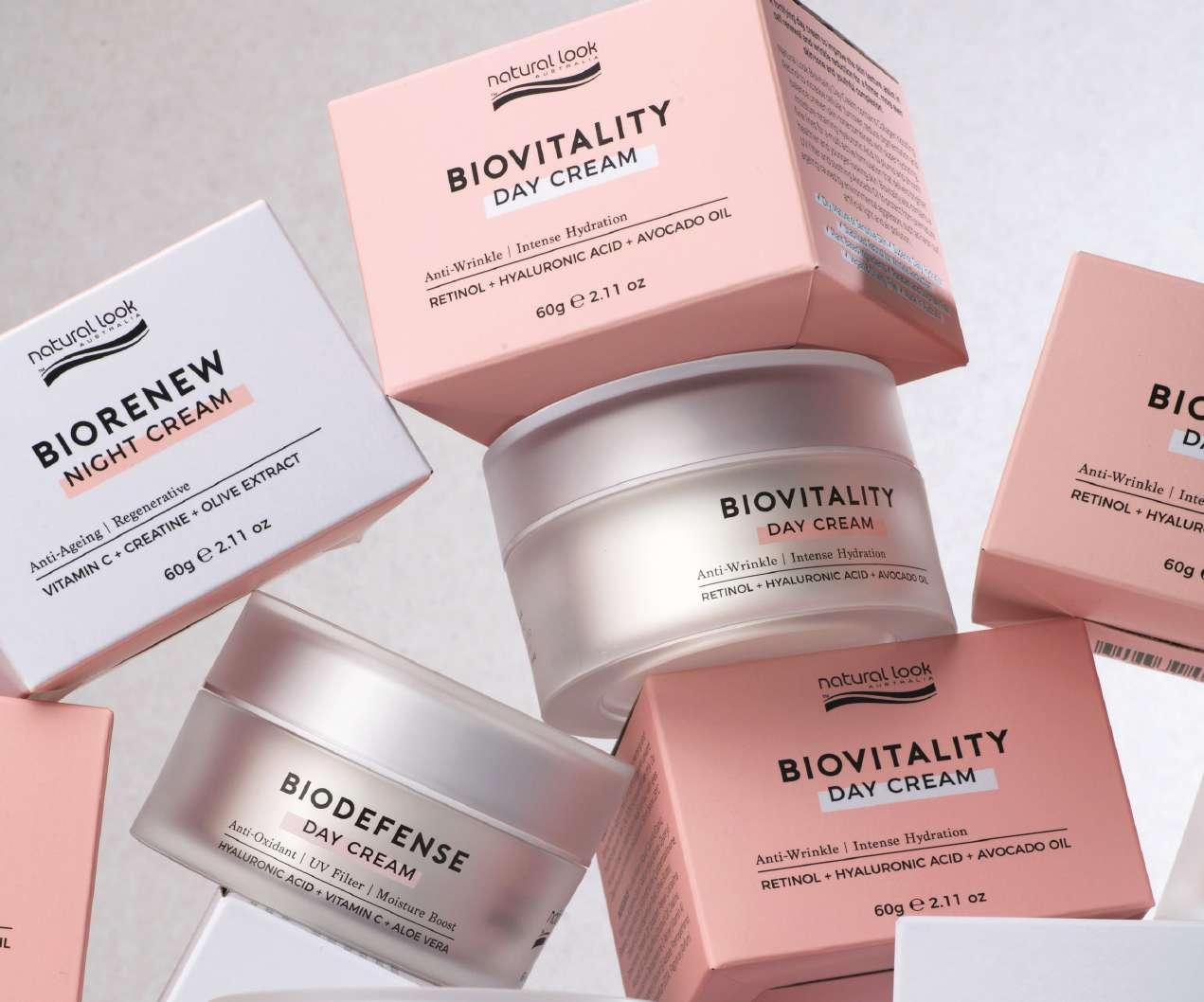
Natural Look Skincare is clean, conscious, effective skincare that is gentle on your skin and gentle on our planet. Made using nature’s most restorative, nourishing ingredients, showcasing natural, clean, plant-based formulas, that are never tested on animals plus they are Vegan Friendly and Australian Owned & Made.


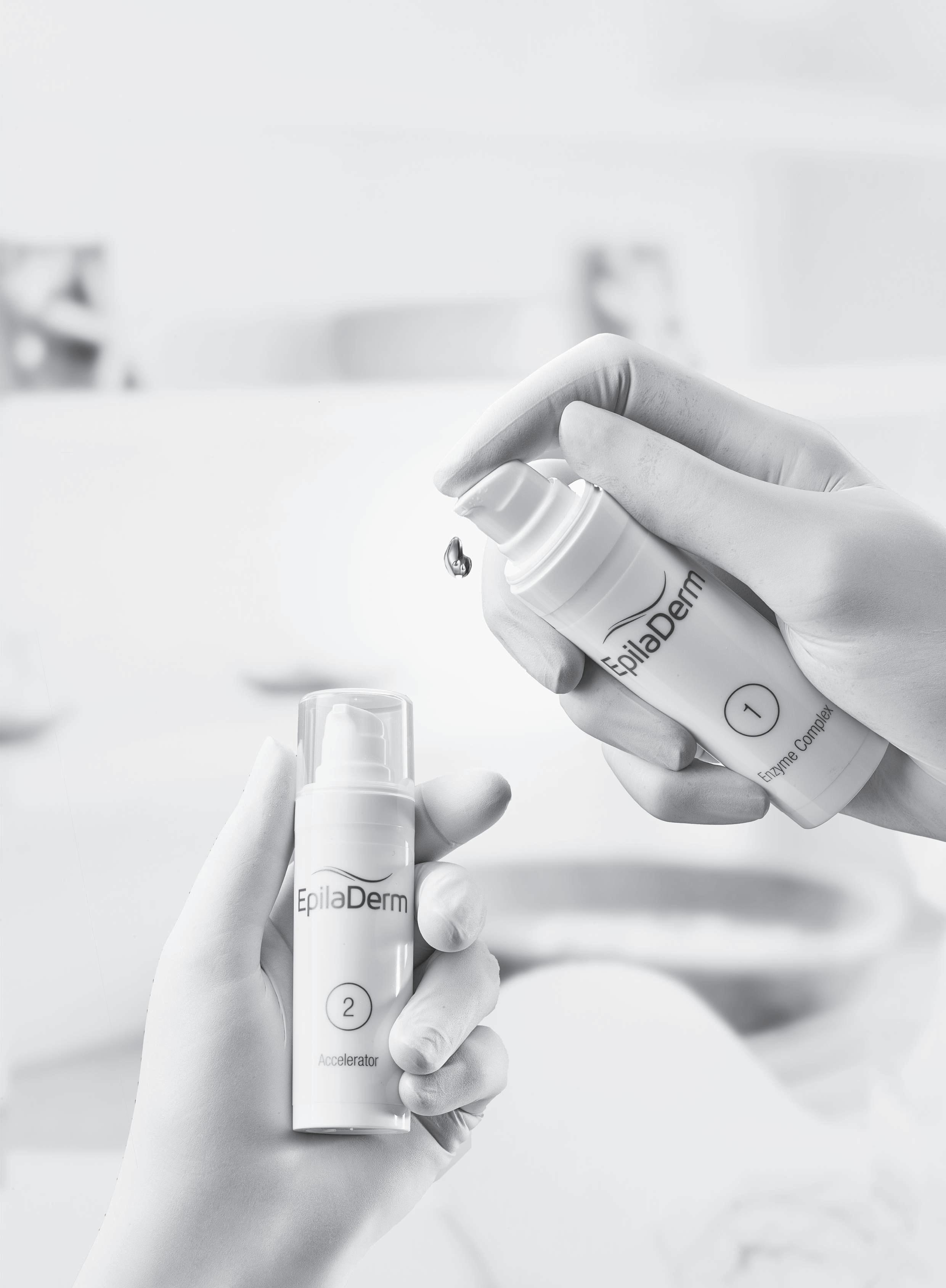
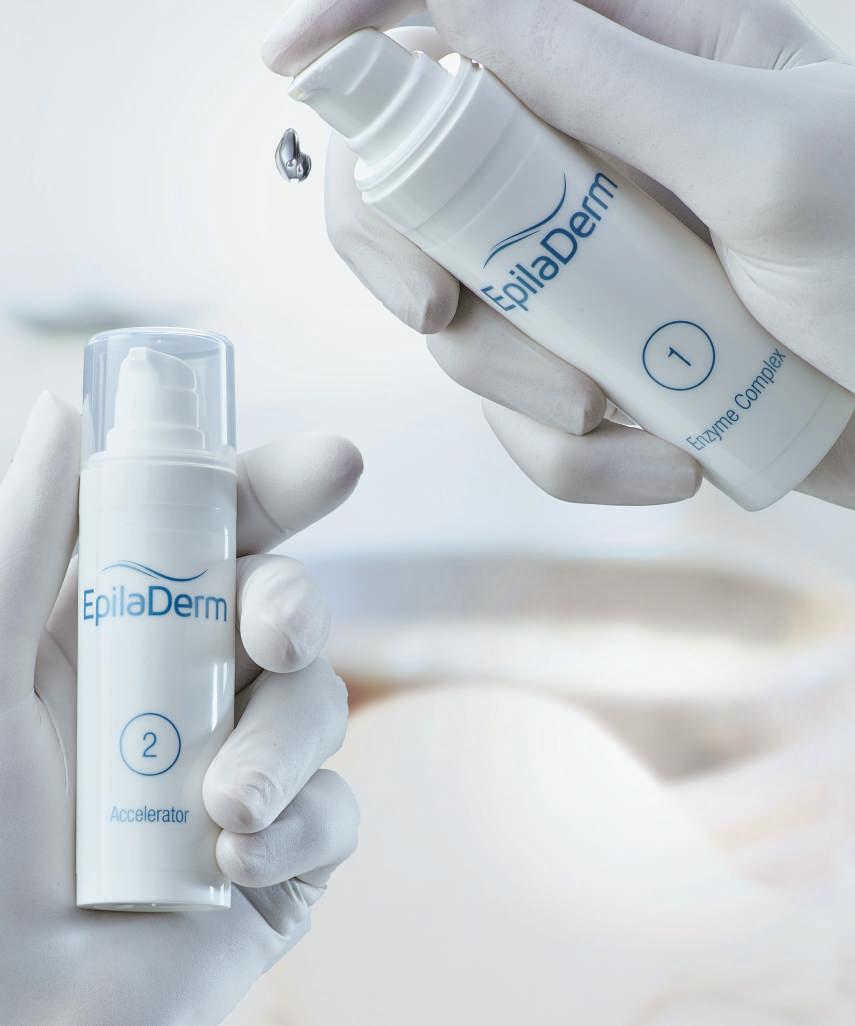


In recent years, cosmetology has made leaps and bounds toward professionalization. Now, more than ever, the cosmetologist can achieve a noticeable improvement in conditions such as acne, hyperpigmentation, and skin texture problems. Our clients’ expectations have also gotten higher. To achieve excellent treatment results, the cosmetologist must master several degrees of knowledge.
Professional excellence, when it comes to a cosmetologist, manifests first and foremost in excellent treatment outcomes. In the ability to cure acne, clear or control hyperpigmentation, and noticeably change the appearance of aging skin. Skin texture problems such as enlarged pores, acne scars, dull and lackluster skin, etc. Nowadays it’s more possible than ever. Many cosmetologists have achieved
excellence in their ability to achieve the treatment goal they set, in almost 100% of the cases. When the emphasis is on “the treatment goal they set for themselves”: The professional cosmetologist can diagnose the skin’s condition and estimate the percentage or degree of improvement that’s possible in this specific case. And then, for example, when the cosmetologist estimates that it’s possible to
achieve around a 30% improvement in a specific case and she does in fact achieve it - the result is 100%. The professional cosmetologist achieves all of her goals - not because she set the bar low for herself. On the contrary, she sets the highest bar she can under the specific circumstances, and sometimes it’s a very challenging goal. But she has the knowledge that makes it possible to achieve this goal.
Cosmetology is rooted in science The skin is a living organ. It contains 3 types of tissues: epithelial tissue, connective tissue, and fatty tissue. It’s a very lively organ where cells divide, blood flows and oxygen is delivered to all the cells, vitamins and minerals are transported to cells and to the intercellular matix, waste is collected and drained, neurons
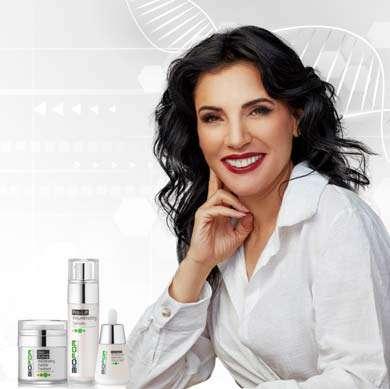
transmit neural responses, and thousands of signals are constantly being sent and received. A sophisticated immune system is constantly scanning its environment and responding to ensure the integrity of the entire tissue. The knowledge pertaining to a change in the composition, structure, and behavior of living tissue is rooted in science. Just as the doctor specialized in specific tissue or the various tissues in the body, according to his chosen area of expertise, the cosmetologist is also an expert in skin tissue changes. Cosmetology, from its therapeutic aspect (unlike the aspect of pampering and giving more superficial treatments), is a scientific profession. Science is constantly researching the different ways to affect living tissues - using products (for topical or oral use), technologies, and also additional interventions. It’s important to understand that unlike a mechanical profession like carpentry or mechanics, our area of expertise is scientific to the same degree as medicine. And the cosmetologist must view her job similar to that of a doctor’s. A doctor is very familiar with the tissue he specializes in - the variety of
active ingredients and the concentrations that can affect the functionality of this tissue. This knowledge is what makes it possible for him to improve or cure a condition. To achieve similar results to a doctor, we must be just as knowledgeable about the tissue we specialized in and remember: We are dealing with the science of changing the appearance and functionality of the skin.
Goals are achieved first and foremost with knowledge.
Many cosmetologists try to do everything they can to give proper treatment, and as part of these efforts, they purchase the most prestigious and expensive products, a wide variety of products, and sometimes also several types of expensive devices. Many have been disappointed to discover that the expensive devices and products did not change the treatment outcomes, and that the condition stays pretty much the same. The reason for this is that the key to excellent results is having the right knowledge. Excellent results are first and foremost achieved with the right knowledge and only then by using
products or devices. This knowledge is not acquired at cosmetology school. This is knowledge rooted in science, and it pertains to: the correct diagnosis of the different skin conditions (types of hyperpigmentation, various acne conditions, etc.) - what the appropriate treatment is for each condition with regard to the active ingredient and concentration - at the skincare clinic and at home; the processes occurring as the skin ages - what they are, which of them we can affect and to what degree, what are the ingredients and concentrations, and what are the procedures that can change any presentation and to what degree; the doctrine of active ingredients - the main cosmetic ingredients that are used in products - what is the range of effects for each one. Certain ingredients have a different effect at each concentration, and the cosmetologist must know what these different effects are. The structure of the dermis and its components - What changes with age and with different pathologies and what we can affect and how; the penetrability of active ingredients to the skin and what affects it; the degree of hydration in the skin - diagnosis, ways to intervene, and the consequences of dehydration. The technologies that were scientifically documented and proven to be able to change the skin’s appearance - each technology and its indications. This is the bulk of the knowledge that the professional cosmetologist must have, and which enables her to achieve the treatment goals. Every doctor understands the tissue he treats at this level, and thanks to this knowledge he can properly treat a variety of clinical conditions in his area of expertise.
The professional cosmetologist is familiar with the products she works
with, at the level of active ingredient and concentration. This is actually the only way to achieve the precise results she aimed for. This is also the degree to which the doctor is familiar with the medication he prescribes. No one would ever think to seek treatment at a doctor who doesn’t know what the medications he prescribes contain. What the composition is, how it’s compatible with the patient with regards to weight, age, stage of the disease, other underlying diseases, and other medication he takes. The doctor works with a full body of knowledge to illuminate his path. In contrast, numerous cosmetologists work in the dark without knowing what the products they use actually contain. So, the question is - how are we expected to achieve precise and rapid results (under the constraints of the skin’s given condition), similar to a doctor, if we work on autopilot? Working without a precise knowledge of the product ingredients requires us to stick to protocols and to dictated procedures that we do not have a professional understanding of. A very limited degree of results can be achieved when working in such darkness. This resembles playing Bullseye blindfolded. True, if we throw enough darts, some will land near the target, others will land even closer, and we may even be able to hit the Bullseye 2-3 times. We’ll also throw darts that will land very far from the target, and some that won’t land on the board at all. The cosmetologist who has mastered the products at her disposal hits the Bullseye each time. She’s working with her eyes wide open.
The professional cosmetologist knows how to use one product for a variety of purposes, since a product is first of all a formula, and then a brand. A formula, for example, is: 8% glycolic acid, 5%
lactic acid, 2% salicylic acid. This is a formula, which the professional cosmetologist knows what indications it is suited to - a variety of applications and skin conditions that do not always resemble each other but that react to the same formula. Such a cosmetologist does not need to be told what the purpose of the product is and how to work with it. This is exactly how a new drug is presented to a doctor - an active ingredient and concentration (and with a new compound - also mechanism of action). The doctor will know what to do with it. When it comes to knowing the formula of the products, remember that this information is not important for every kind of product. There is no point in delving into the formulas of moisturizing creams, for example.
A moisturizing cream is meant to be suited to the skin type. We can always get an impression of its texture, and let’s be honest, most skin therapists don’t know what ingredients are in moisturizing creams and what each ingredient does. It’s also not critical. Sometimes moisturizers do contain special ingredients, which give them additional properties, beyond keeping the skin moist. Here, there is room to be interested in the nature of the ingredients, but not necessarily in their concentration. With some kinds of productsknowing their function is sufficient. For example, a product containing soothing ingredients - a calming gel/ cream. If someone wants to, they can ask what the soothing ingredients are. The concentration of each will generally not add information that cosmetologists understand enough about, and it will be less critical to their ability to use it properly. However, in products containing ingredients such as alpha and beta hydroxy acids, retinoids, azelaic acid and more - it’s very important to know the ingredients
and the concentrations. This is the knowledge that makes the cosmetologist a magician... The knowledge enables precision in treating and receiving a perfect result.
The professional cosmetologist does not buy kits or sets when the aim is to cure skin conditions or bring about a visible improvement in the appearance of the skin. This is because she knows that problems are not solved with a kit. Problems are solved with the right knowledge, the right diagnosis, the right active ingredient and concentration, the right procedures and instructions for use. All these may change greatly between clients, since each one has a unique set of characteristics and circumstances, even if they all have hyperpigmentation, or they all have acne. Have you ever seen a doctor who gives a “series for eczema” or a “kit for arrhythmias”? The doctor works like a scientist, and with knowledge rooted in science. In science there are no series or kits. There is an active ingredient and concentration.
A procedure and its compatibility with the skin’s pathology. A technology and how it changes the tissue. There’s the knowledge that makes it possible to precisely match any treatment to a client. A kit is a generic and unprecise solution for a client. It’s like trying to fit a square peg in a round hole. Matching three products that were packaged together to the hundreds of clients who differ from each other in all possible parameters. The professional cosmetologist, similar to a doctor, understands the condition of the given tissue and matches the right ingredients/procedure for each client individually. This is her way of getting quick and noticeable results in any given skin condition.
The professional cosmetologist does not need a dictated treatment protocol. She develops her own treatment protocol. She isn’t intentionally ignoring the protocol in the booklet. But she has in-depth understanding of the goal she wants to achieve and the right way to achieve it. The cosmetologist can read the suggested protocol intelligently. She’ll ask how each stage is supposed to achieve the goal, and what ingredients will achieve that goal. If she doesn’t understand the necessity of a stage, she’ll ask. If she believes a stage is missing, she’ll add it. If she thinks a stage is superfluous, she’ll leave it out.
She’ll be able to replace certain products that are included in the protocol, which she understands what their purpose is, with other products she has, instead of buying unnecessary products. She also knows how to combine brands from the different companies, since it’s often necessary and always possible. The synergy is not between brands but between active ingredients. And when these, as well as the concentration are
known, the intelligent cosmetologist will know what combining them means.
The cosmetologist who will consistently work in a manner similar to a doctor - using her comprehensive knowledge - can often achieve better results than the doctor. After all, skin and its esthetics are her area of expertise. It’s what she does each and every day - improving the skin’s appearance. She has a wide variety of products at her disposal, a variety that is much richer than the medical preparations the doctors use to treat skin.
She has extensive experience and in-depth knowledge, which she enriches and expands through onthe-job training and by consulting with colleagues and continuously learning. This enables her to truly understand the skin conditions she treats, the finer intricacies involved in matching products, addressing the client’s lifestyle and habits, her guidance and changing the products’ instructions for use as the skin’s condition progresses, as befitting for the professional treatment required to achieve the goal.
Ronit Segev, MSc, is a biologist and skin researcher specializing in the physiology of the skin and active ingredients to improve aesthetic skin conditions. Segev has published dozens of articles in professional journals and is the author of the book "Dermo Cosmetics - the scientific approach to cosmetic skin care". She is the founder and CEO of Biofor – the leading company in Israel in therapeutic results. Segev and her team accompany thousands of professionals around the world in the treatment of complex aesthetic skin conditions.
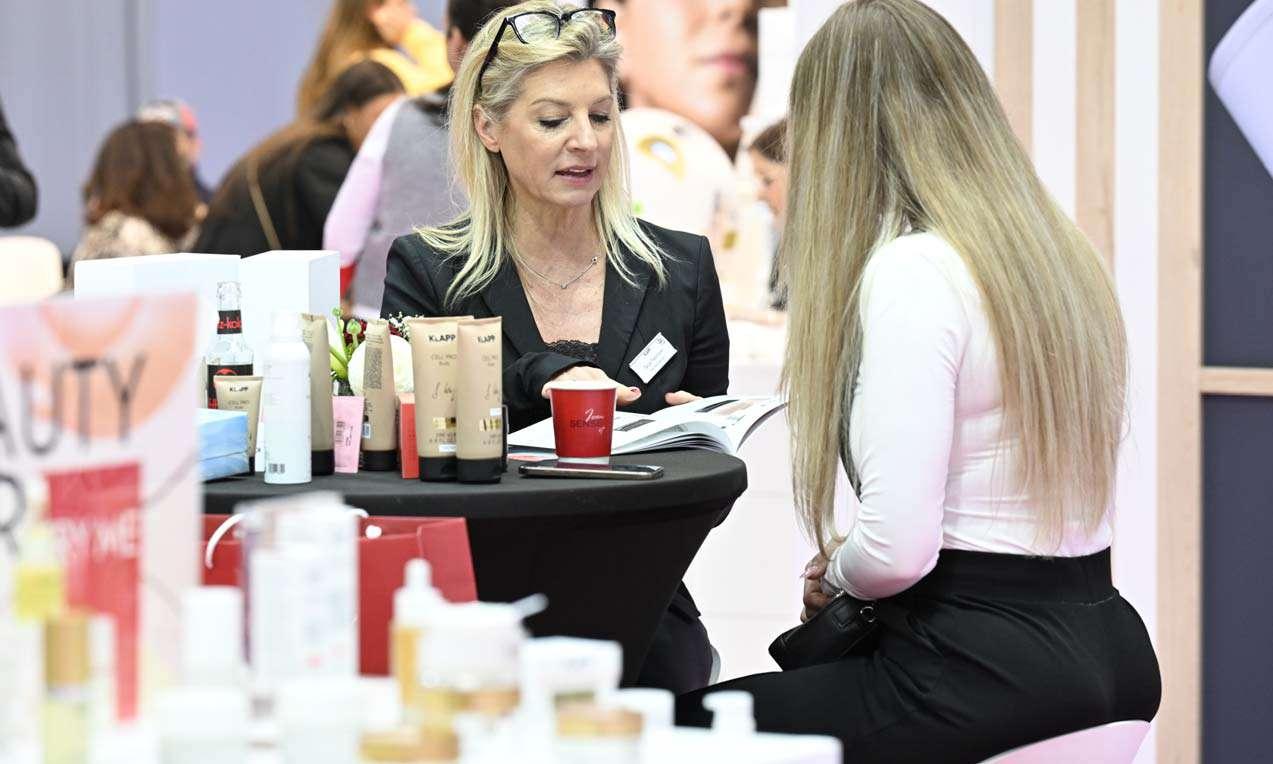
The launch of the first two-inone shampoo and conditioner in the 1980’s caught the attention of consumers worldwide who have now come to expect products that have more than one function. And so, formulation chemists faced a new challenge, since a two-in-one shampoo and conditioner was just the start of an ever-increasing demand for new combinations of functionalities in cosmetic products. Thanks to the coacervation1 phenomenon combining cationic polymers and anionic surfactants (or silicone emulsions), the multifunctionality has been proven to be achievable.
Nowadays the formulator has different tools to plan multifunctional cosmetics that can be achieved in three different ways, as explained by Mort Westman in the book Multifunctional Cosmetics. The use of an ingredient with more than one functionality, e.g. humectant and
emollient, emollient and emulsifier
The increased functionality of a secondary performance, e.g. twoin-one shampoo, body wash with high moisturisation. The addition of a second functionality which would not be expected from the product: e.g. the beauty balm (BB) cream that combines makeup with skincare benefits.
When developing multifunctional cosmetics, especially the ones from the third category, in addition to the formulation parameters of compatibility, stability, manufacturability, fillability, safety, microbiology, patent infringement, among others, the chemist must give special attention to the performance of the cosmetic product, making sure to substantiate the claims for all the functionalities that his product is addressing.
As such, in the development of a moisturiser with anti-redness properties, for example, a clinical
study must verify the moisturisation capacity and the anti-redness effect, most probably increasing the budget of the consumer study. Fortunately, the possible combinations of functionalities are vast and the combination of makeup, whose performance is visually indicated, with a skin care benefit can be an advantage to the evaluation team of R&D.
The raw material suppliers, also following the trends, help us formulators with very innovative products that promise to ease our lives in the day-to-day of R&D and NPD, either by launching new ingredients or repurposing not-sonew ones. This helps provide the tools we need for multifunctional claims.
The increasing consumer expectations, in addition to technological advances in formulation and demanding marketers, contributed to the launch of bolder products claiming to do more than one basic function, to convince the consumer of the cost- and time-saving benefits. The launch of the BB cream is probably one of the most successful among multifunctional beauty products, since it opened the doors to a mix-and-match range of combinations across categories.
Multifunction claims can be achieved from simple to complex formulations and supported by consumer, instrumental and/or clinical testing, depending on budget, brand communication and strength of claims.
The savvy consumer will expect a well-performing cream, lotion, serum, and other formats from a trusted brand. However, in some markets, especially in Asia-Pacific, the consumers may need a visual cue that implies more than one function to the product.
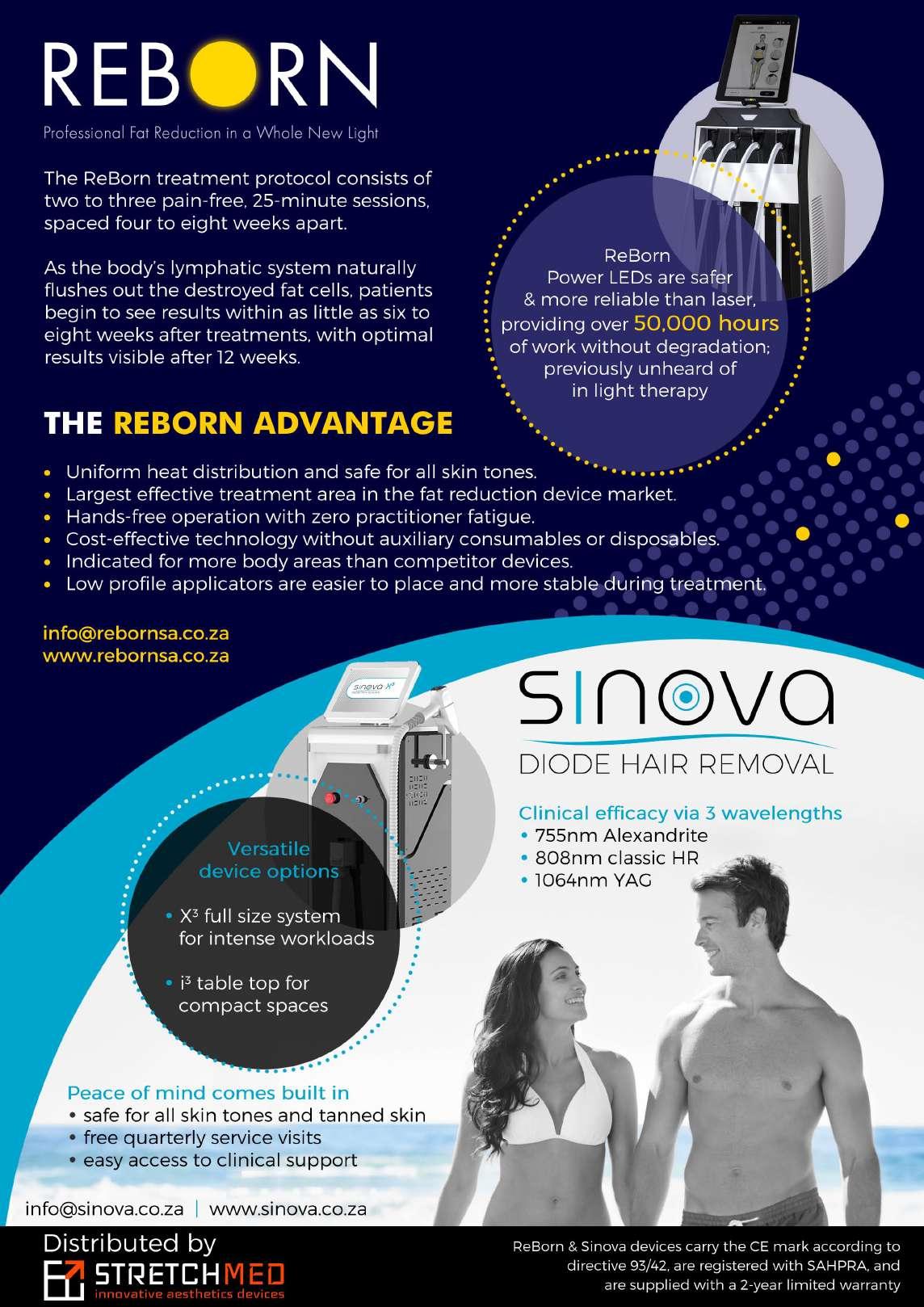

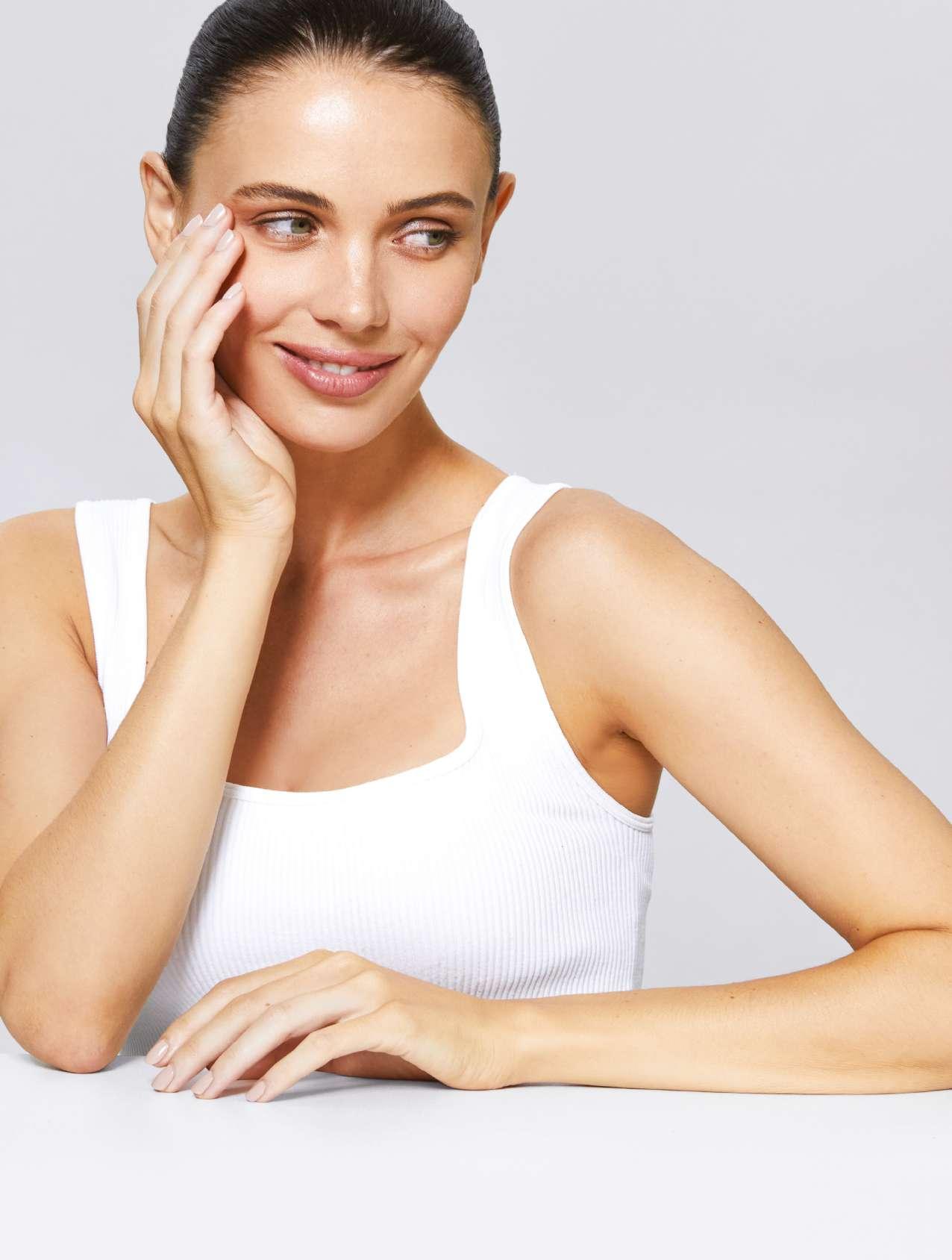

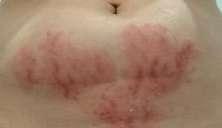


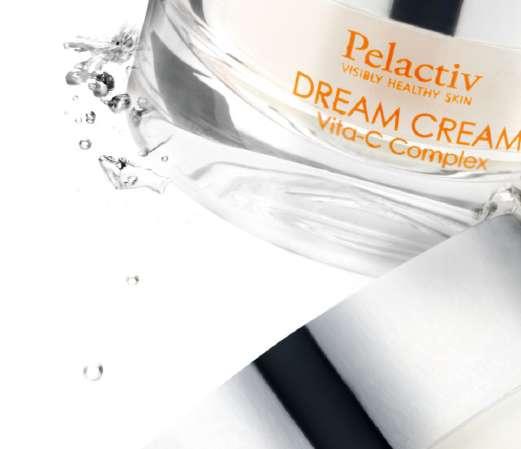
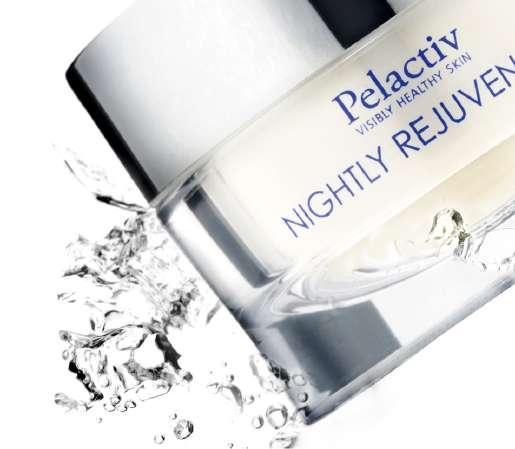

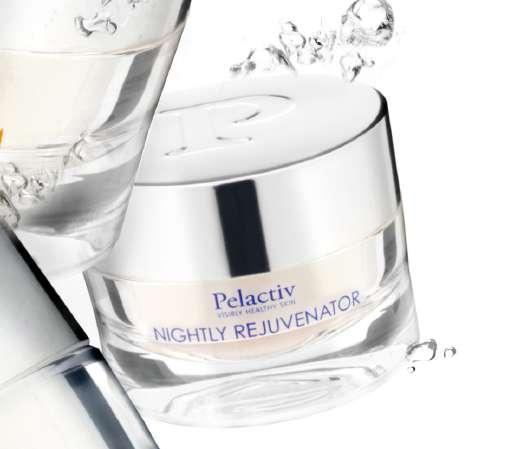
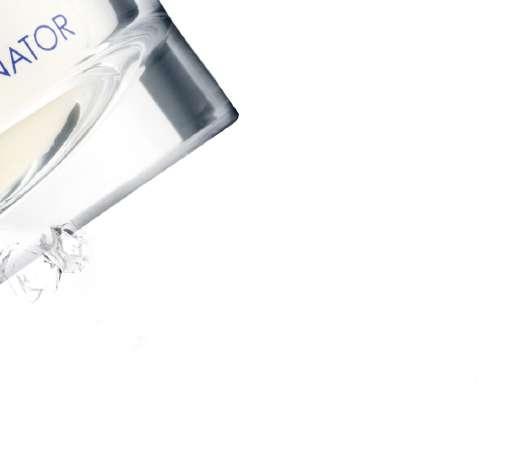
The human body is home to more than one trillion bacteria and a natural collection of microorganisms that are responsible for the body’s internal immune system, as well as our protective skin barrier.
According to Alison Cutlan, Green Chemist and Co-founder of sustainable pro-microbiome skincare brand, Biophile: “Our microbes are responsible for protecting our skin from pathogens, controlling skin immunity, nutrient absorption and supporting our skin barrier. I like to say that skin microbiome is like the control centre or the ‘life force’ of the skin.'”
‘Microbiome’ was arguably the beauty buzzword of 2019, and two years on, microbiome-focused skincare continues to be widely cited as a top skincare trend. Searches on Google for microbiome exceeded 10,000 times every month in 2020. Demonstrating its position as an irreversible movement rather than a trend, the skin microbiome market is expected to grow at an impressive compound annual growth rate (CAGR) of 19% in the forecast period of 2020 to 2027.
Yet despite it being a hot topic within the beauty community, microbiome-friendly skincare is still working its way into the mainstream. Qualitative consumer research from DSM found that whilst beauty influencers are receptive to the idea of the skin as a living ecosystem, regular consumers are still somewhat apprehensive, still siding with the dominant narrative that bacteria is “bad”.
Michelle Connelly, Vice President of Merchandising and Planning at Credo says: “Consumers are familiar with the concept that they should
take probiotics as an internal supplement but the connection to skincare is still vague. We’re very much gearing up for the microbiome to be the next hot topic.”
Microbes play a hugely important role in the health of our skin and are found to live in perfect symbiosis. However, the skin is continually subjected to stress from our diet and environmental factors such as pollution. In addition, when we wash away the microbes present on the skin’s surface through overcleansing and over-exfoliating, the skin microflora is at risk of becoming out of balance. When this happens, skin conditions like eczema and psoriasis can emerge.
As witnessed with the popularity of probiotics for the gut microbiome, a wave of products with probiotics or postbiotics have hit the market in recent years, all claiming to rebalance the skin microflora. “Skin health has definitely been one of those trends we’ve seen in the beauty space where more derma brands and skin health brands are emerging now, as opposed to traditional skincare brands,” says Andrew McDougall, Associate Director of Global Beauty and Personal Care at Mintel.
Offering a space to discover newly launched ingredients, in-cosmetics Discover is the perfect platform for brands and R&D professionals to discover the latest skin-boosting products. As pioneers in the field of microbiome exploration, Givaudan have leveraged its experience to craft a number of powerful actives for skin microbiota. For example,
Yogurtene® Balance is an active ingredient that protects and rebalances the skin microflora to create younger-looking skin, while significantly improving skin hydration. On the Discover platform, users can also find more information about Sensityl™, a soothing, antiinflammation active which lifts the mood, and Synchronight™ which acts as a guardian against harmful blue light.
Elsewhere on the platform, personal care professionals can discover the latest launch from INFINITEC. Its CBD oil balance gives a therapeutic vision of cannabidiol and the complete treatment of oily skin and its issues such as excess sebum, acne and inflammation, both on the skin and on the scalp. Also working across the skin and scalp, CutiBiome CLR™ from CLR Berlin recalibrates the skin as an ecosystem using a synergistic complex of lipophilic extracts from manuka, black pepper and magnolia
and has been developed using next-generation skin microbiota research.
The opportunity for personalisation personalised skin products
Equal to the interest in this topic, the technology and scientific understanding of the skin microbiome is moving at an exceptional speed. For example, earlier this year Labskin introduced the world’s first personalised skincare subscription service, Skin Trust Club. Powered by AI, next-generation sequencing, and data from one of the largest skin microbiome data banks in the world, the technology allows users to identify skincare ingredients and a daily routine that suits their unique skin microbiome using a home analysis kit.
Skin microflora is unique to each individual, much like a fingerprint. As
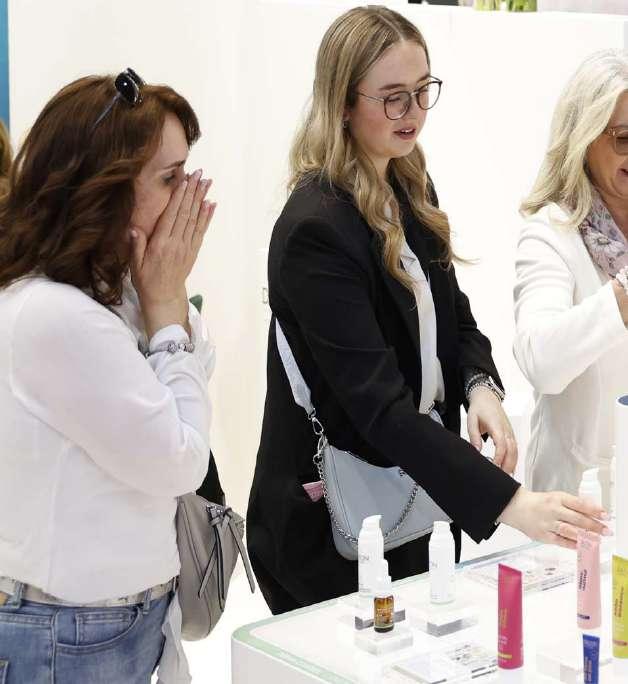
such, a need for personalisation presents an interesting opportunity for the beauty and personal care industry who can benefit from skincare routines curated for individual skin profiles. “Each microbiome is unique, which opens the pathway to individualized care routines. Its study can help reinvent cosmetics by better personalizing products, giving our consumers exactly what they need based on the ecosystem living on their skin” says Luc Aguilar, Director of Clinical and Biological Research for L’Oréal R&I.
Of course, we are all well aware that one of the biggest influences of late has been the ongoing pandemic. Since early 2020, consumers have been washing their hands and wearing masks at a frequency never witnessed before. Whilst these practices are useful in preventing the spread of coronavirus, stripping the skin of natural oils and bacteria has a direct impact on the skin microbiome and can exacerbate common skin conditions such as eczema and acne. “COVID has naturally led to a hyper-hygienic atmosphere. Our skin is not sufficiently equipped to handle these harsh treatments and it led to a
lot of irritated and sensitive skin issues” says Alison Cutlan.
A huge part of maintaining a healthy microbiome is using fewer, but more targeted products that are not disruptive to the skin’s natural flora. This also reflects the wider trend of stripped back skincare routines –otherwise known as skinimalism –which has been further excelled by the pandemic. “Microbiomespecific skincare and slow, conscious beauty products that meet our new normal of using skincare as self-care will continue to gain traction” says Maureen Choi, Executive Director of Content and Curation at Violet Grey.
Of course, the skin microbiome movement has come about in tandem with the all-encompassing clean beauty trend that has led the industry for years. Products with natural ingredients are often some of the most sought after, and this is also true within the microbiome arena.
One in-cosmetics Discover exhibitor leading this is Uute Scientific Oy with its microbial extract, Reconnecting
Nature™. Containing billions of microbial particles, the product is made from natural soil materials and mimics the rich biodiversity found in forests. Research by Uute Scientific Oy shows that daily use on the skin stimulates the immune system and balances the unique microbiome.
So, what is in store for the future? “I think probiotic skincare is here to stay now that we are learning even more about the protective skin barrier and the importance of replenishing the system,” says Tata Harper, founder of the eponymous skincare brand. Marie Drago, Founder of skin microbiome beauty brand, Gallinée agrees: “There’s so much to be done in the skin microbiome – its mind-blowing. You can re-do the whole of the beauty area taking into account the skin microbiome, and it’s going to be a revolution”.
A broader understanding of the skin microbiome and how it connects to the gut and the full immune system is still in its infancy, with more research needed to be done. But it’s not just bacteria… researchers are also looking into the skin virome – the viruses that live in and on the skin. “Most of the research up until
now has focused on bacteria and fungi, and the effect of viruses is still poorly understood. However, this area is yet to be fully explored, and further safety and toxicity assessments are warranted” says Dr Radhika Bongoni, Head of Business Development at BaseClear.
These new technologies are allowing researchers to explore the skin microbiome in a way not done before. It is certain that this will accelerate discoveries in this space even further and lead to more of this science impacting consumer’s day-to-day lives.
Julie O’Sullivan, postdoctoral researcher at APC Microbiome Ireland thinks “there’s going to be novel products targeting different areas we might not have thought of before”.
The events of the past 18 months have caused many consumers to change their skincare routines and hygiene practices and its likely this will fuel further research into maintaining a healthy skin microflora.
Because of this, we can be sure it’s not just a trend. Now, more than ever before, consumers want to know how to strengthen their skin microbiome.
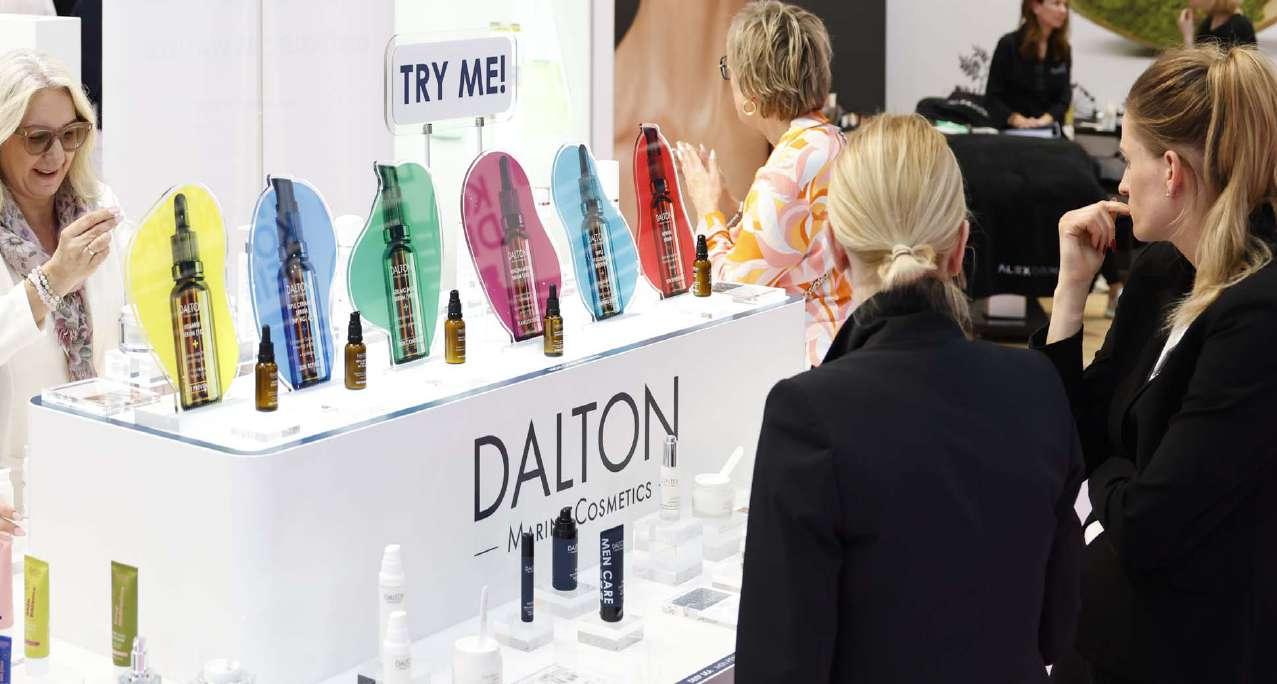
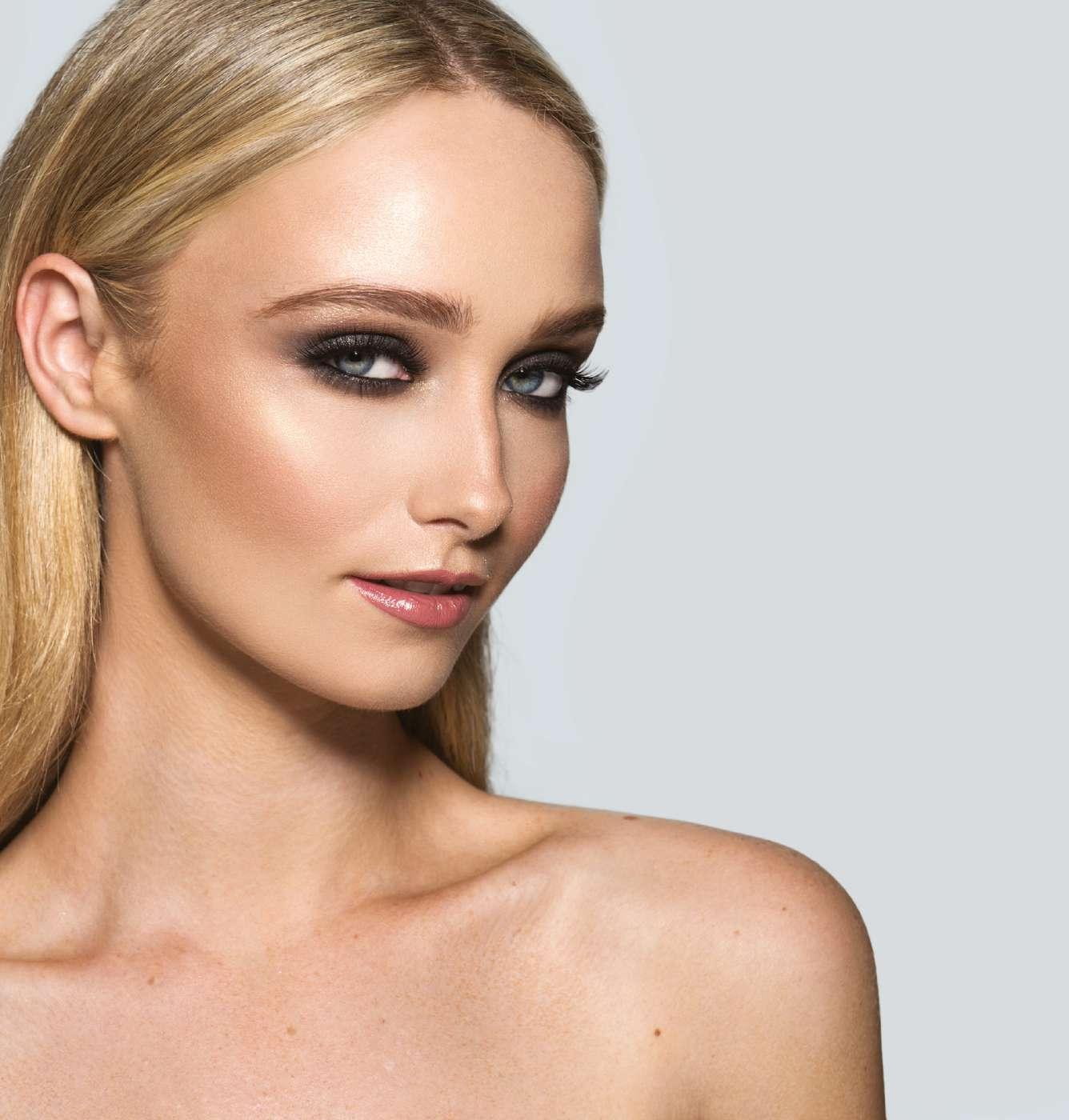
DISCOVER WHY VICTORIA CURTIS COSMETICS IS AUSTRALIA’S FASTEST GROWING MAKEUP BRAND
AUSTRALIAN OWNED SALON EXCLUSIVE BRAND SKINCARE MAKEUP ASSISTS WITH TREATMENT RECOVERY PHARMACEUTICAL GRADE MINERALS ONLINE STAFF TUTORIALS CRUELTY FREE HYPOALLERGENIC PARABEN FREE
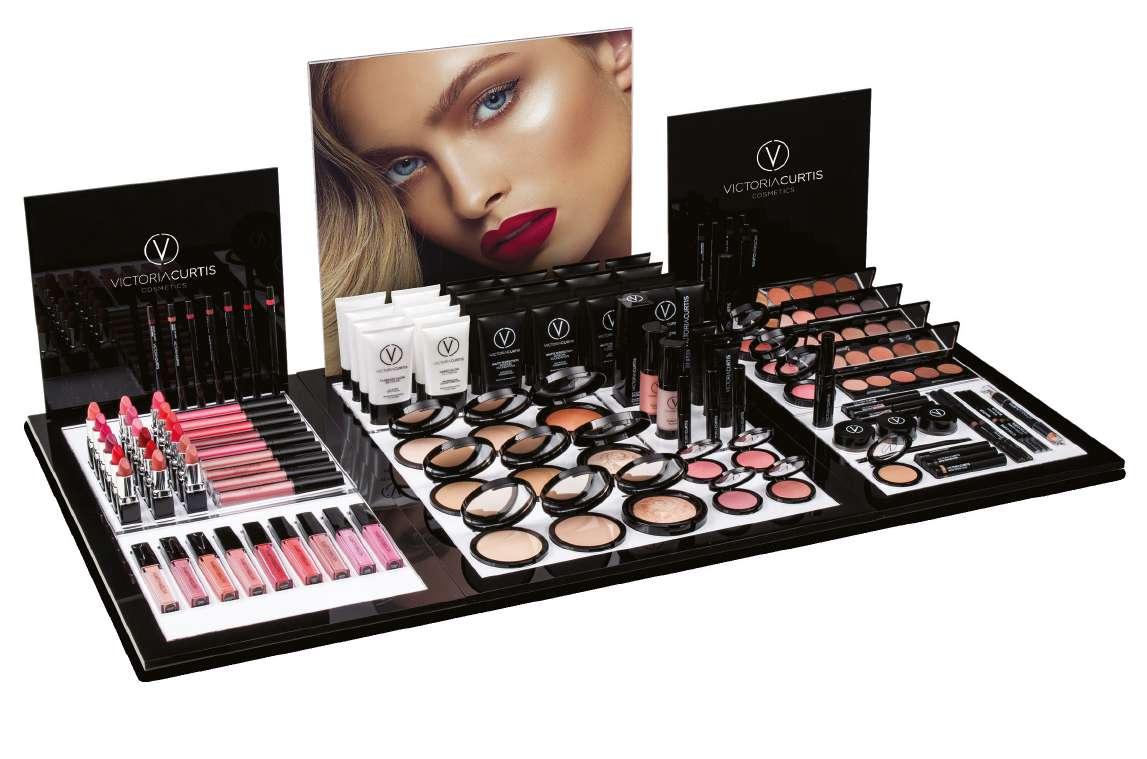
Beautifies, awakens and unifies complexion.
Improves skin quality day by day: bare skin is more hydrated, smoother and brighter.
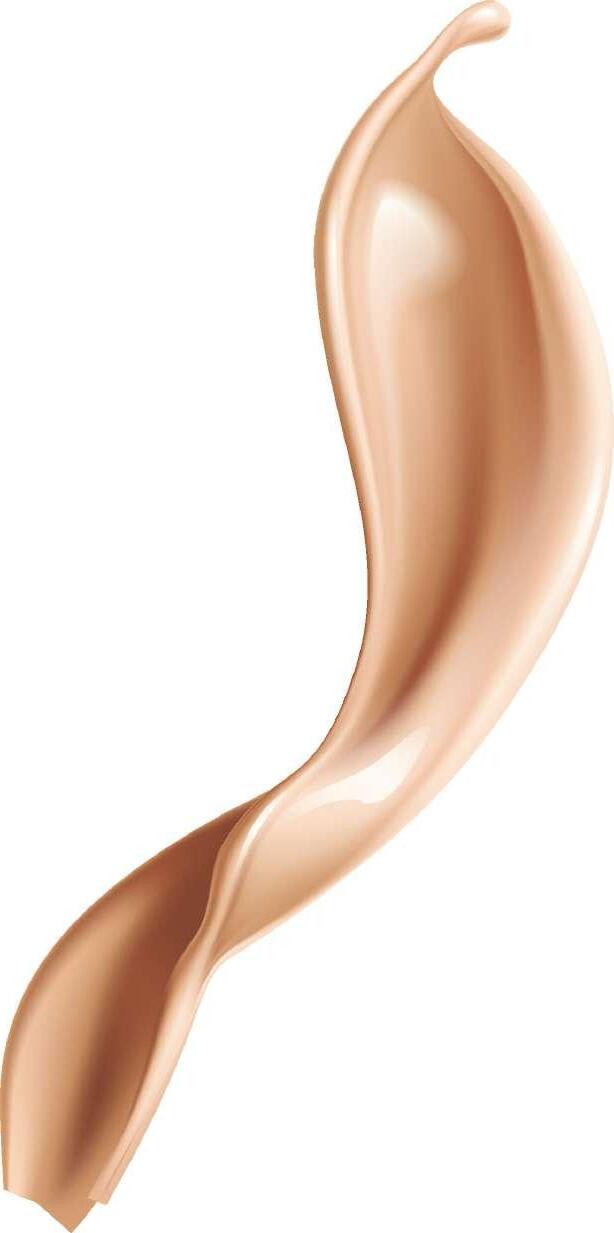

Skincare-infused makeup Vitamin C ⋅ Inulin Prebiotics
⋅ Swiss Mallow flower
⋅ Plant origin Glycerin



